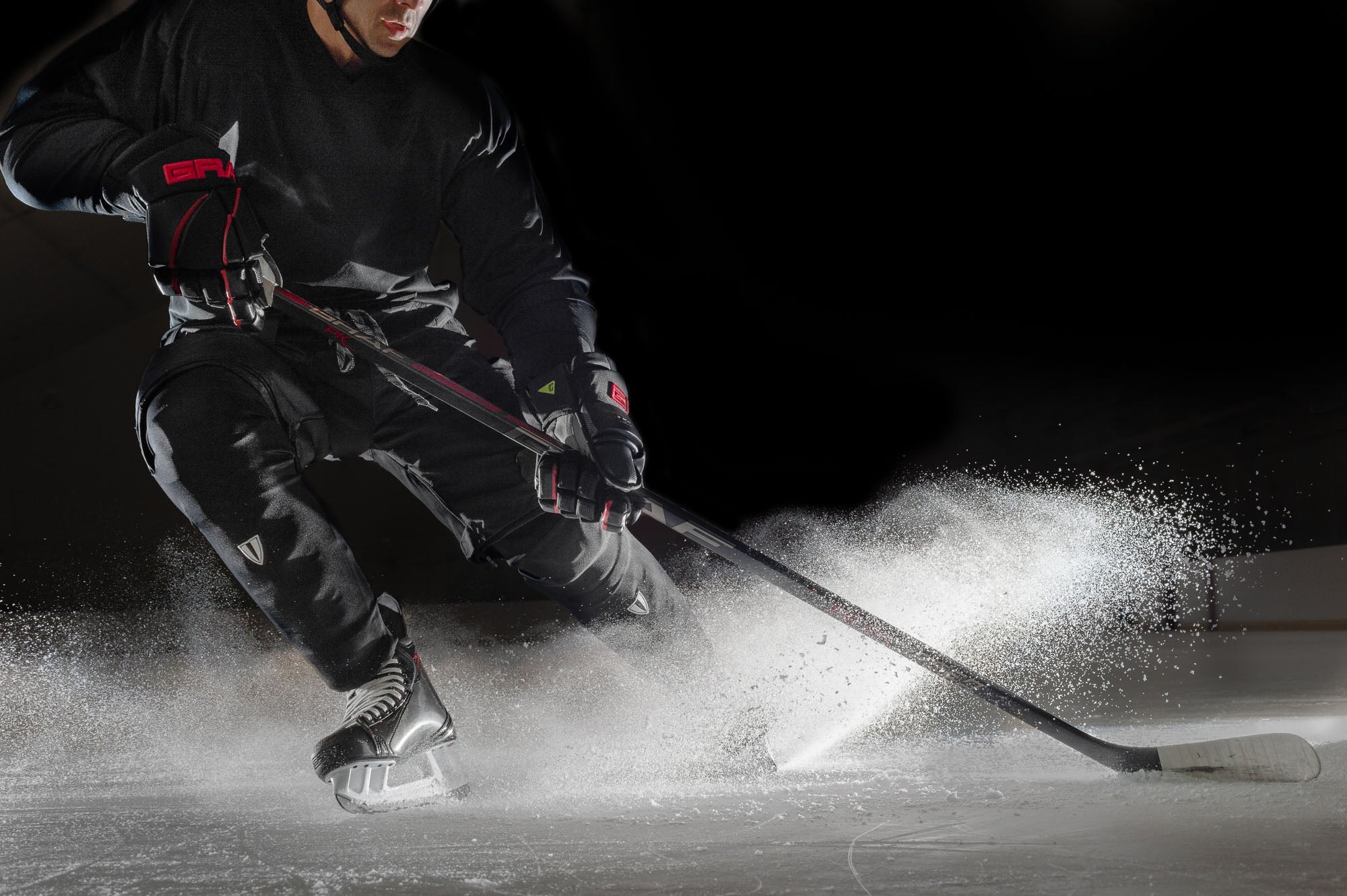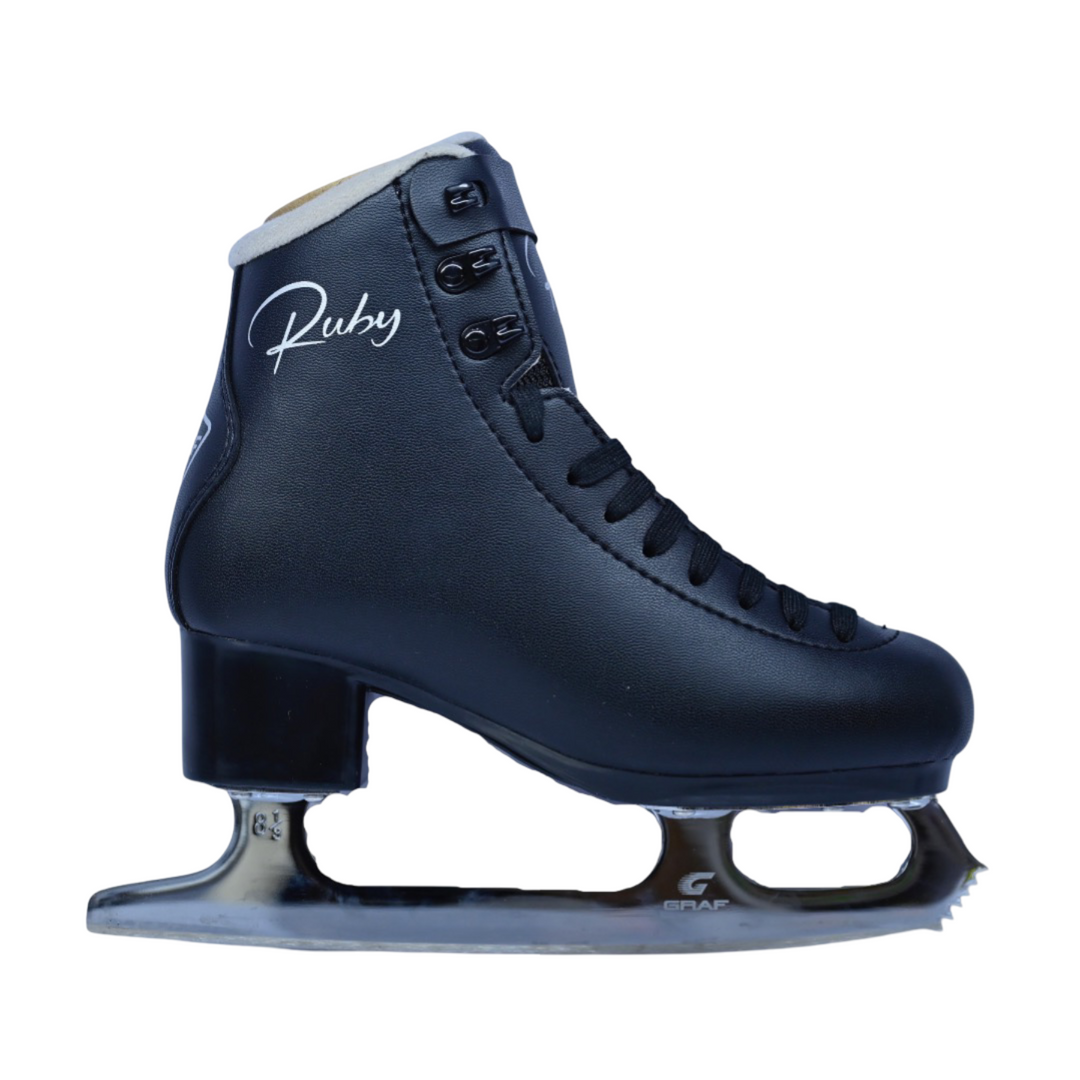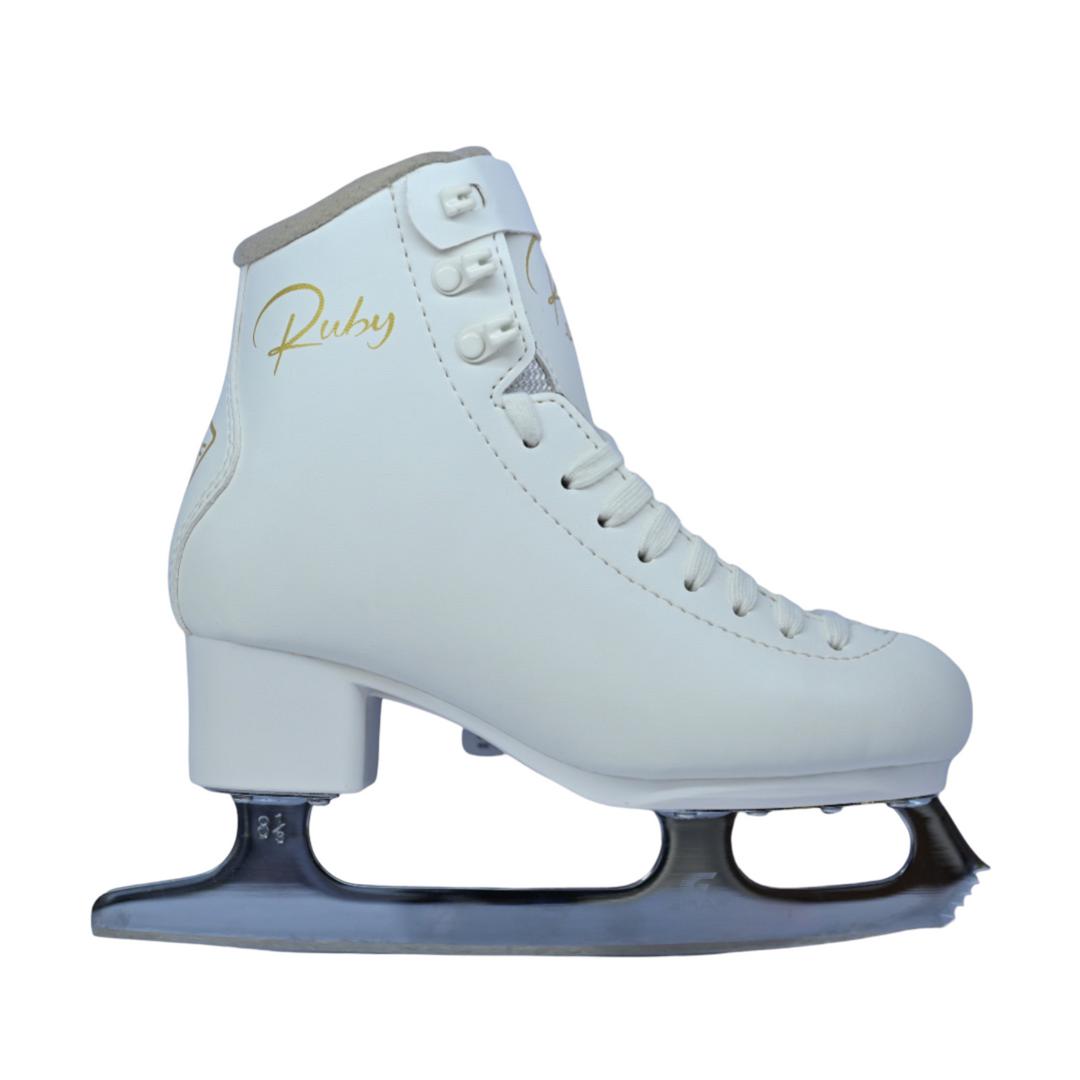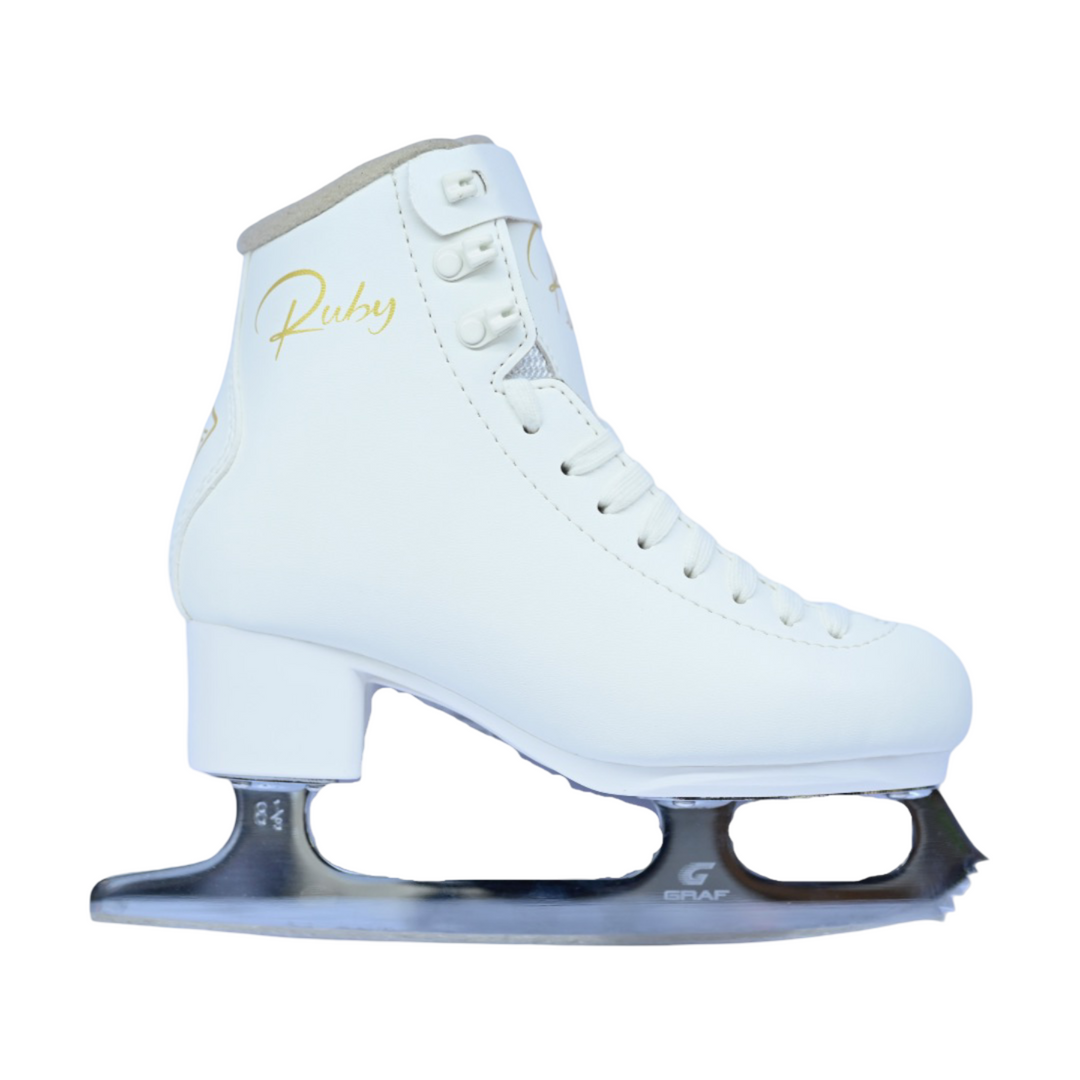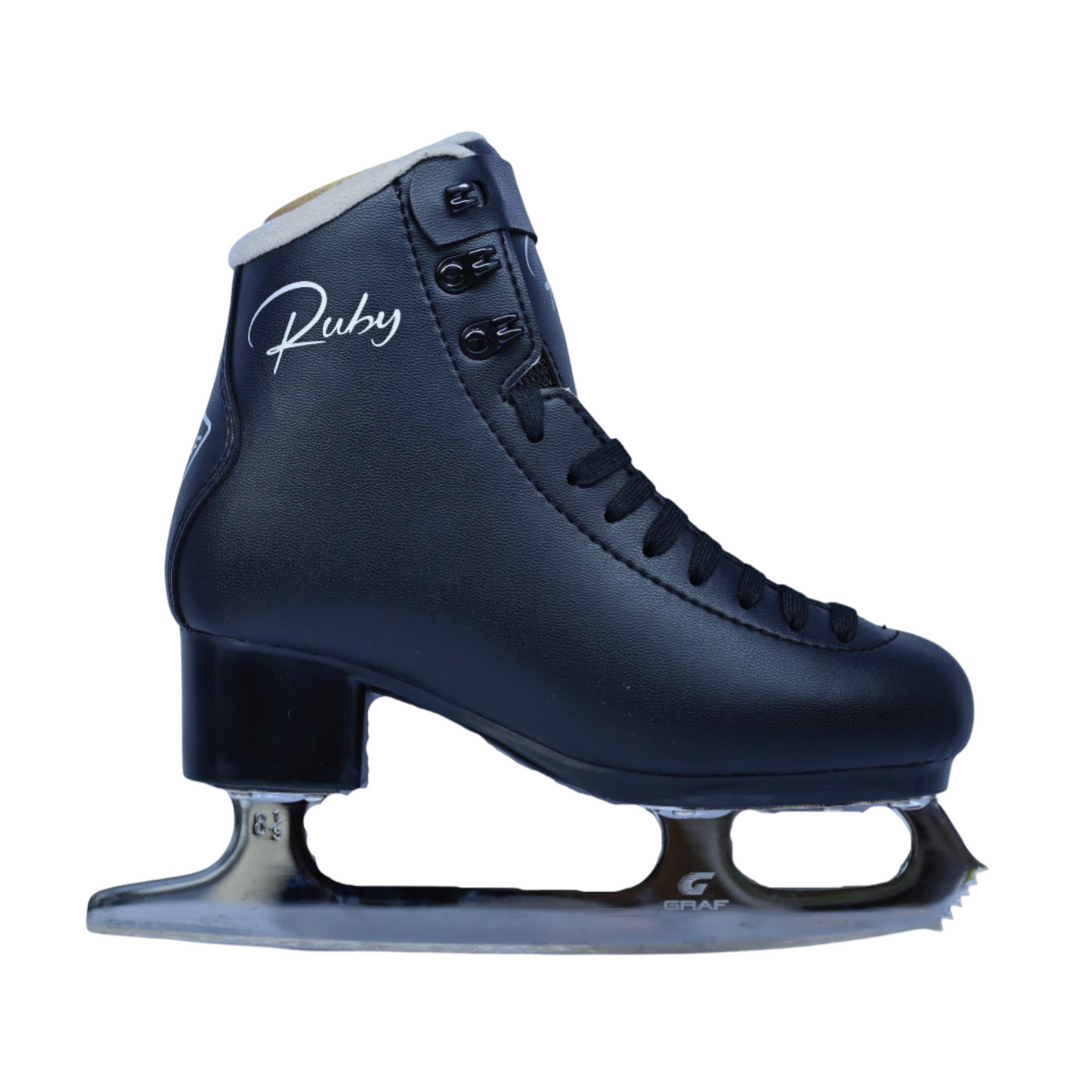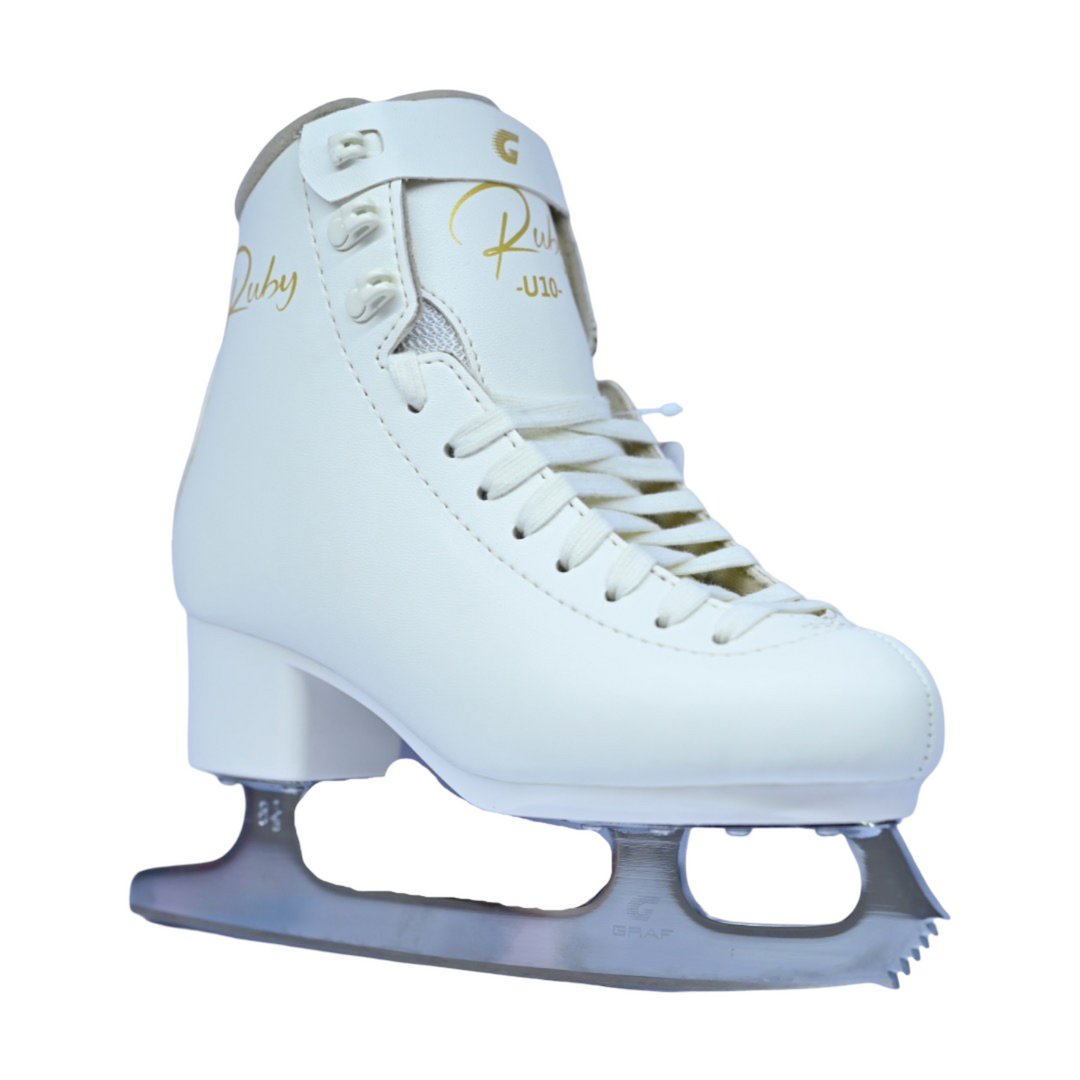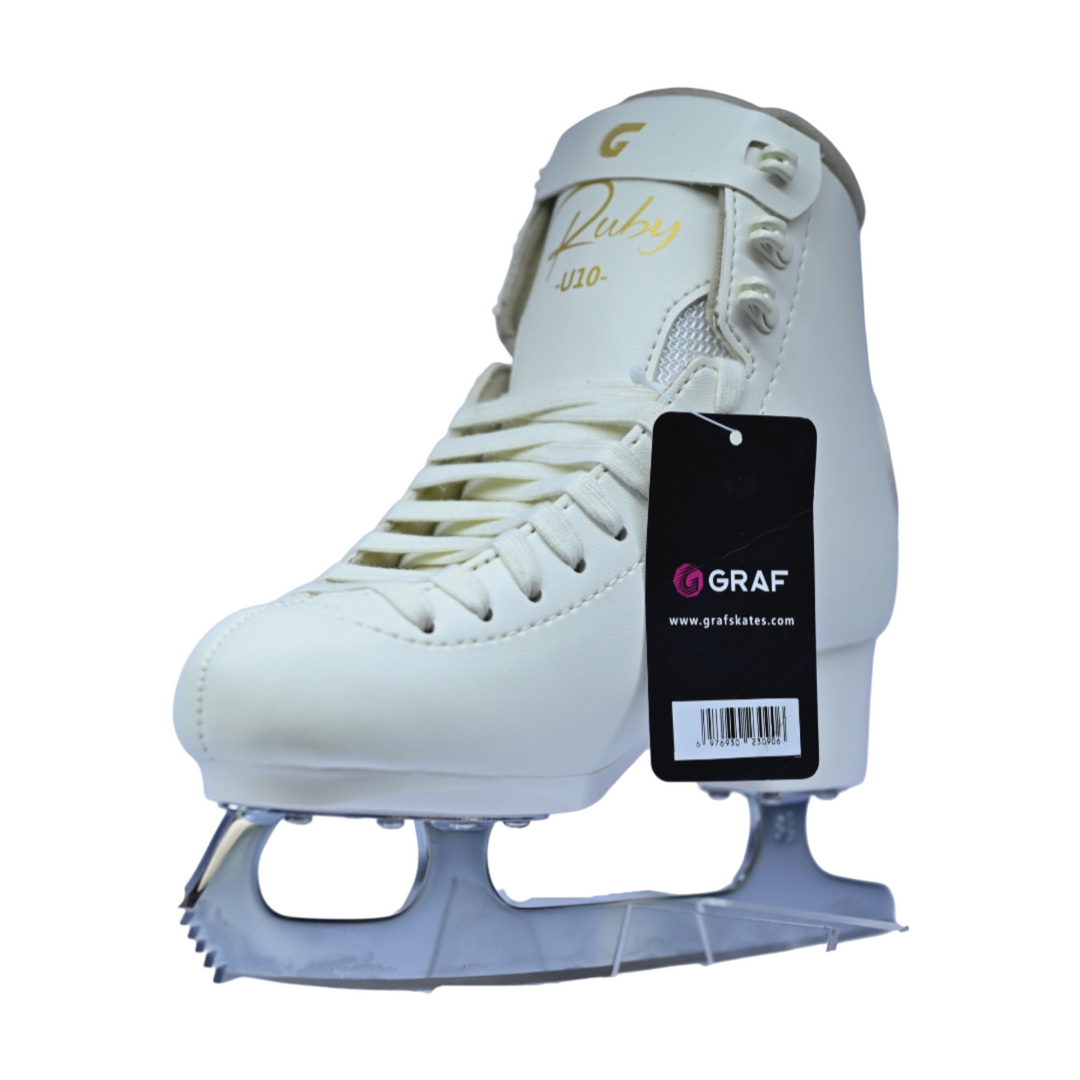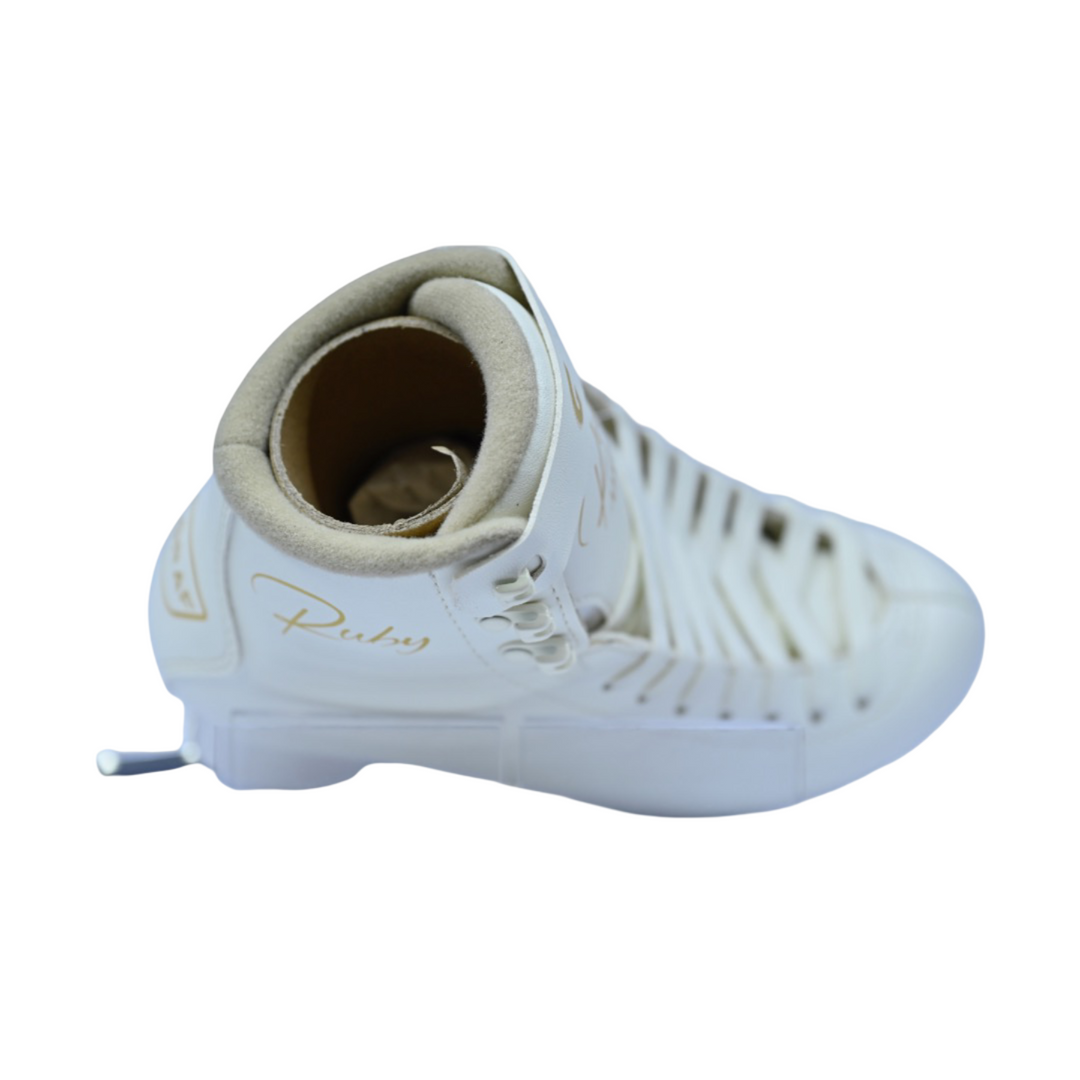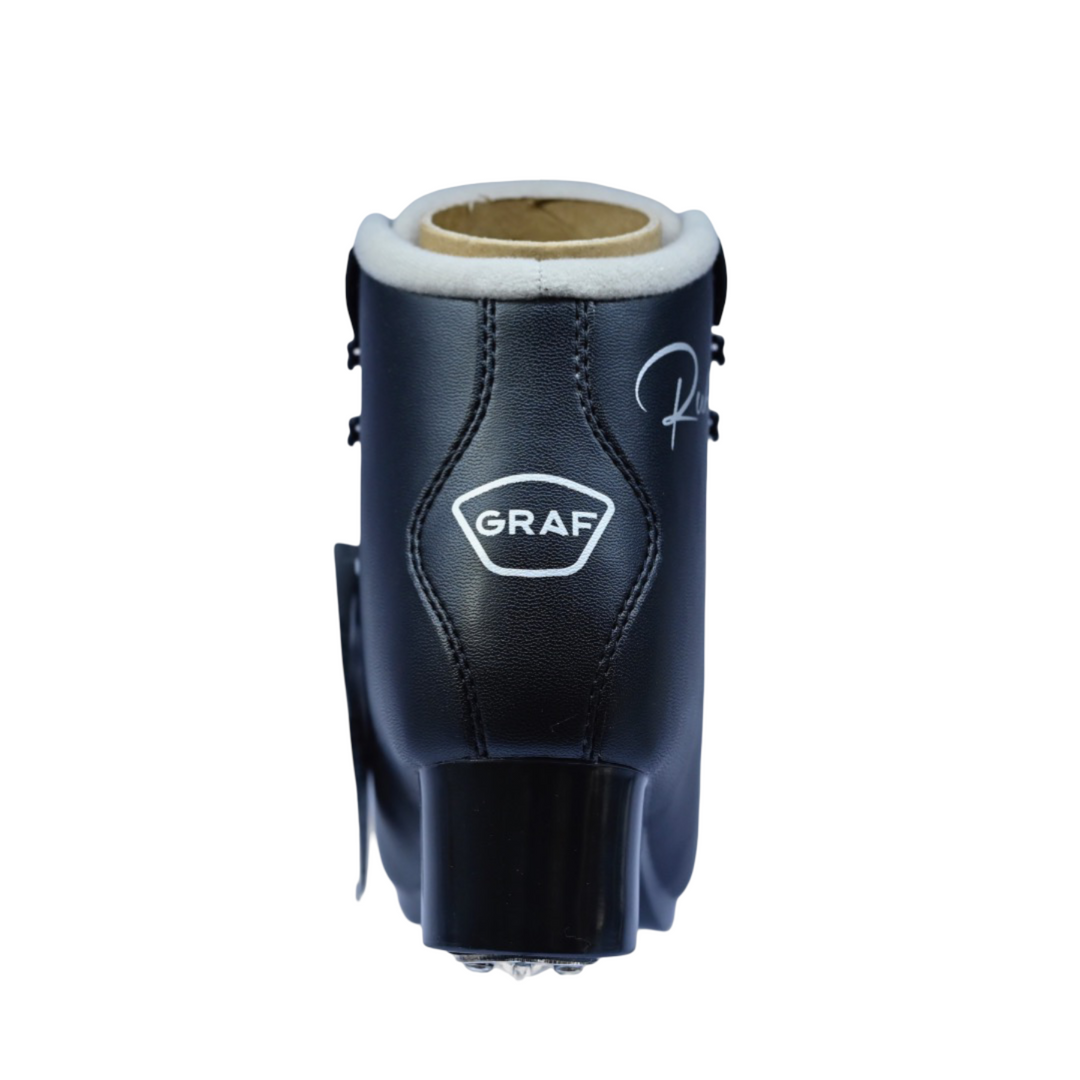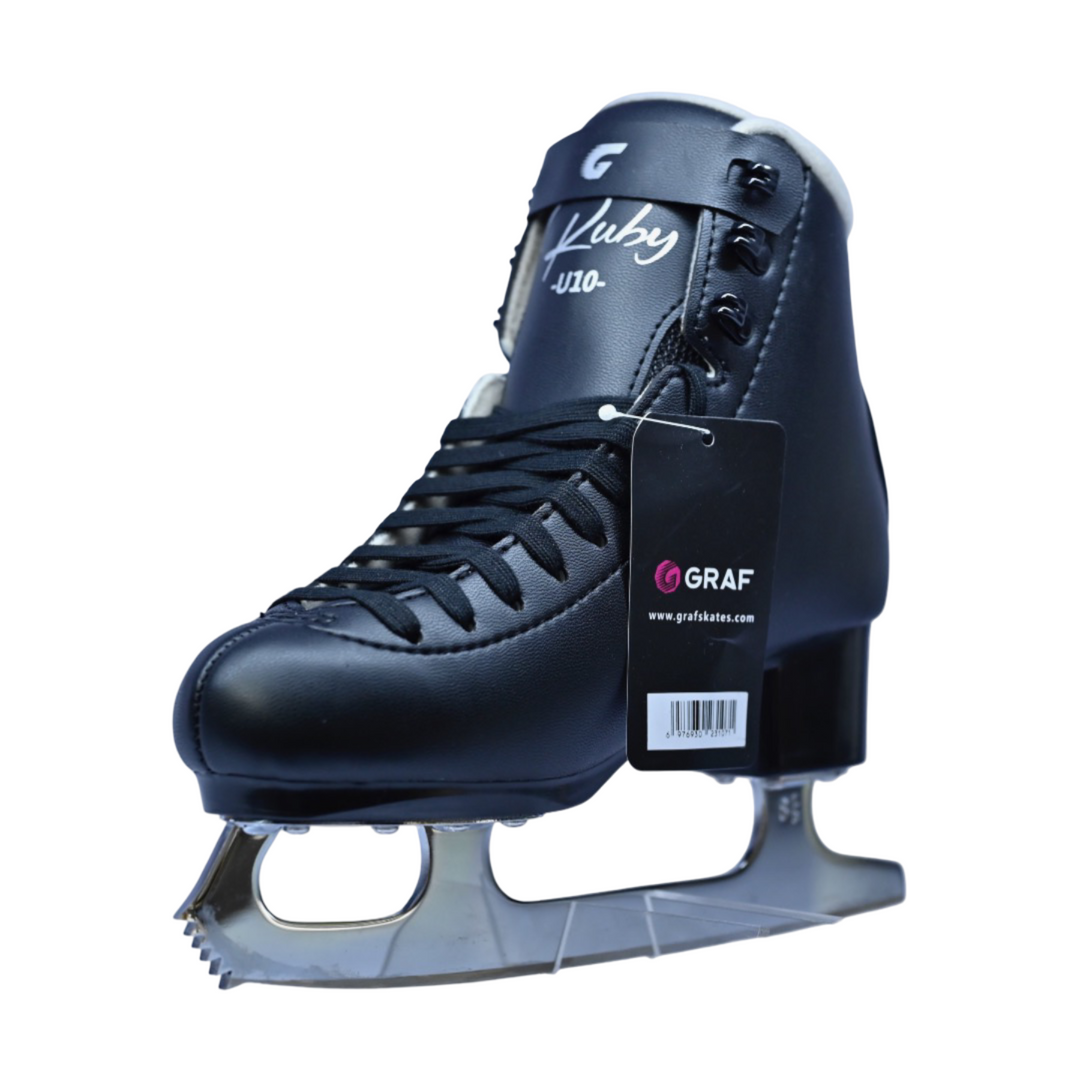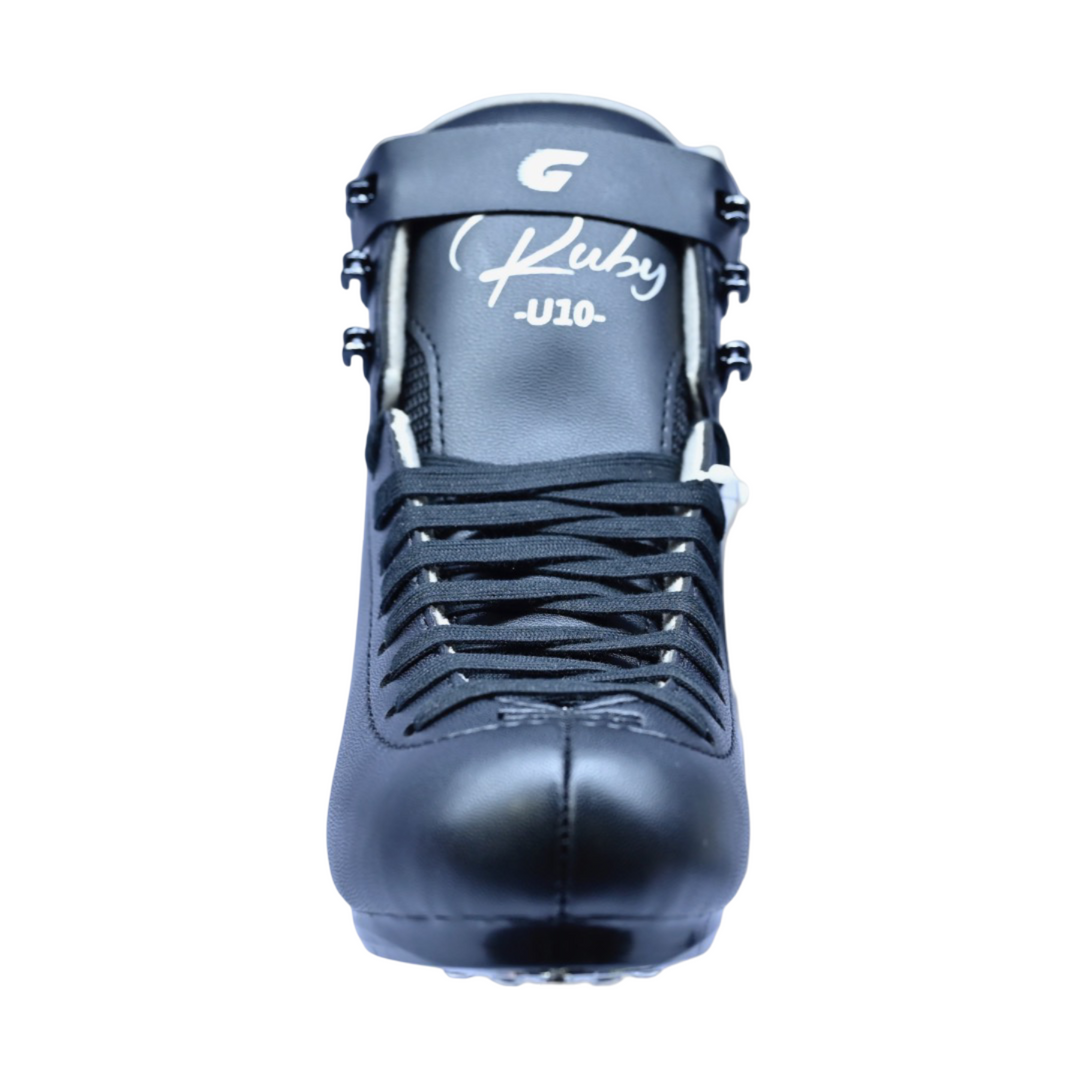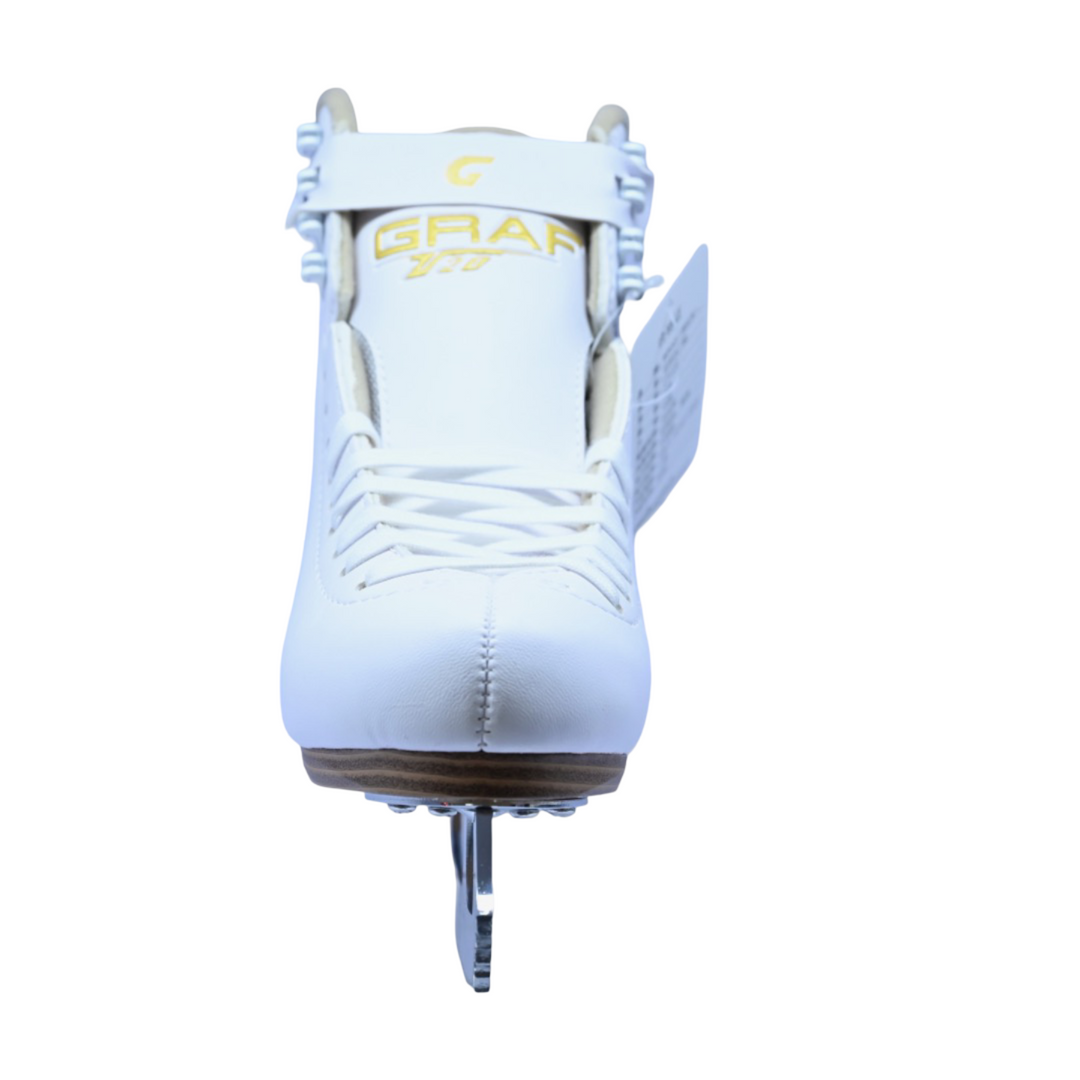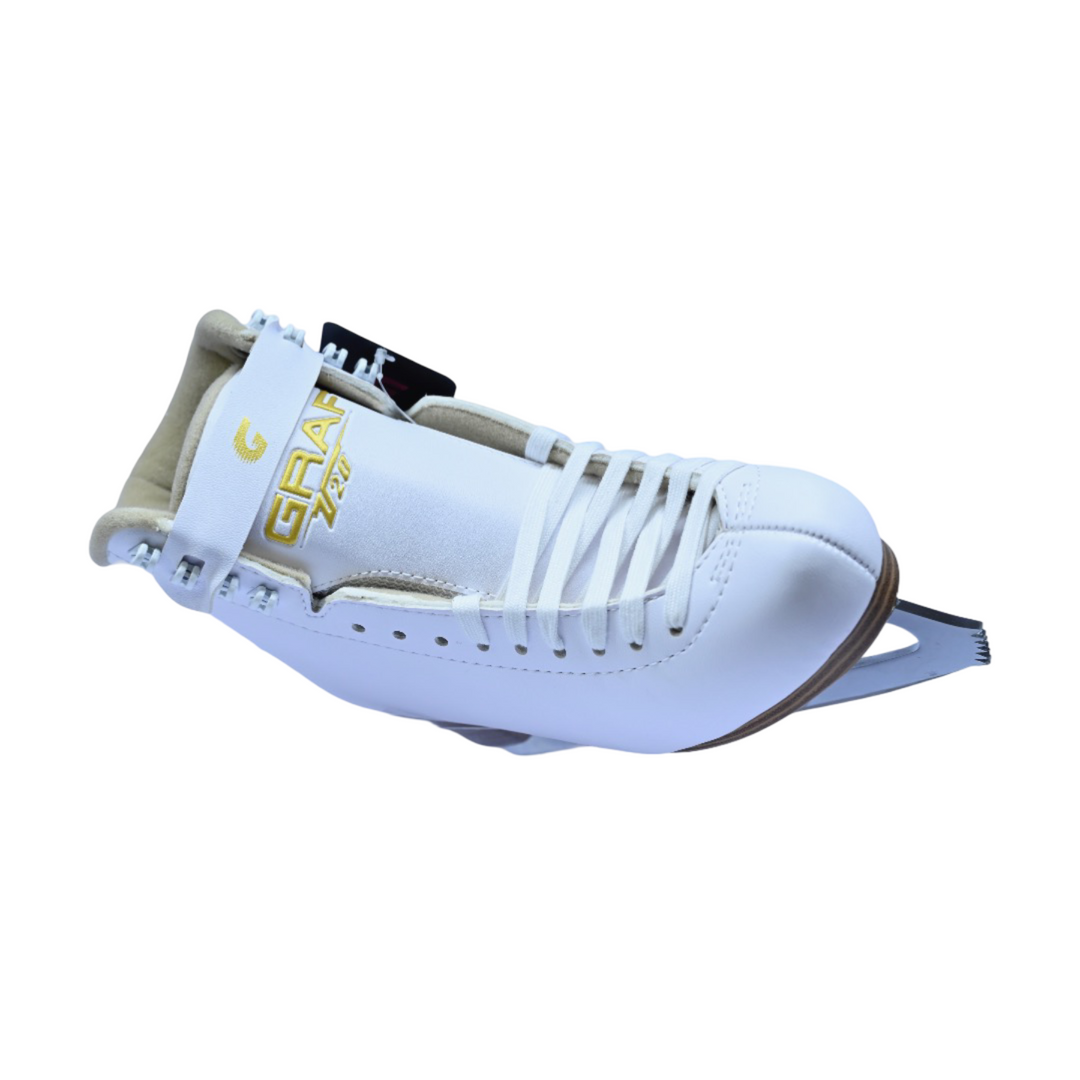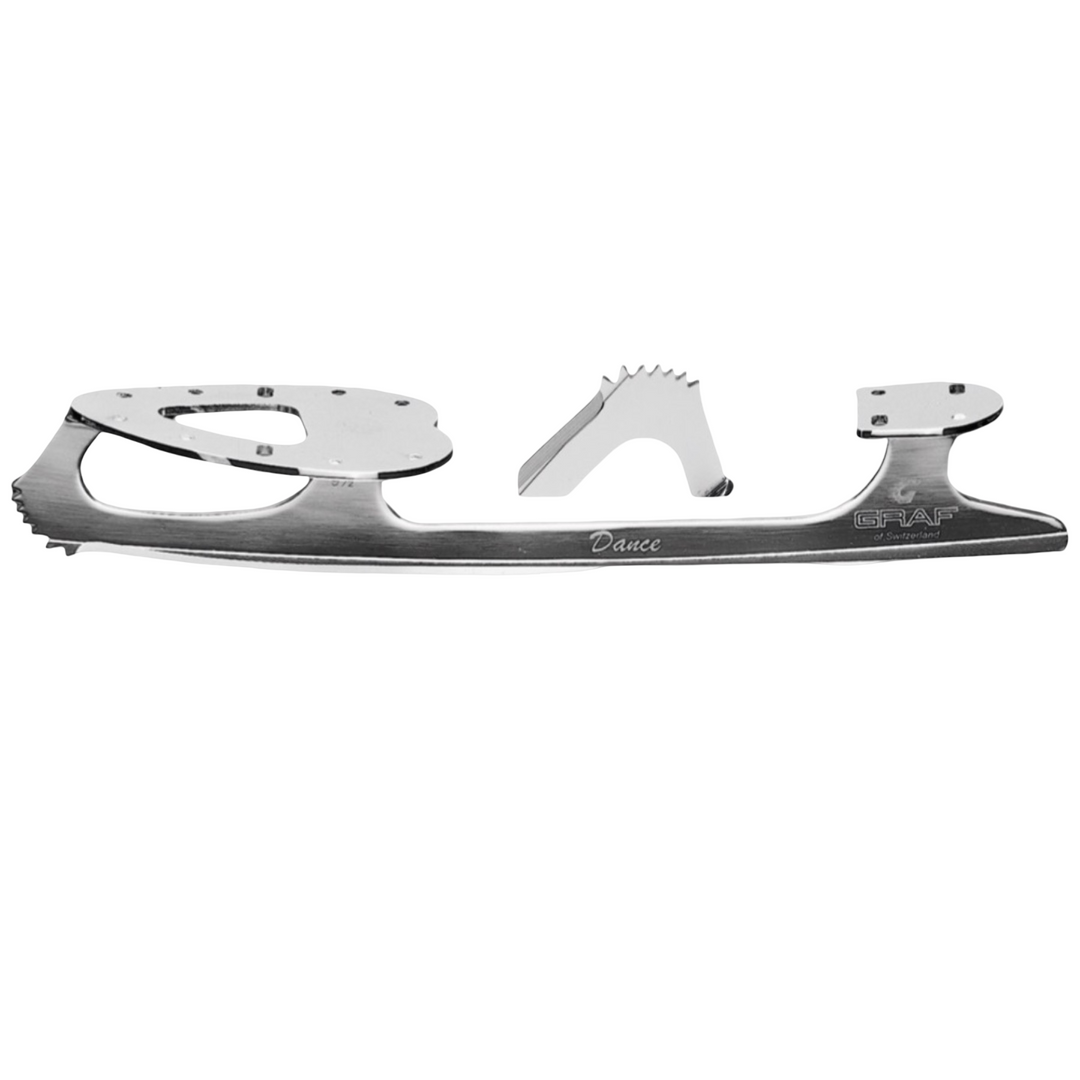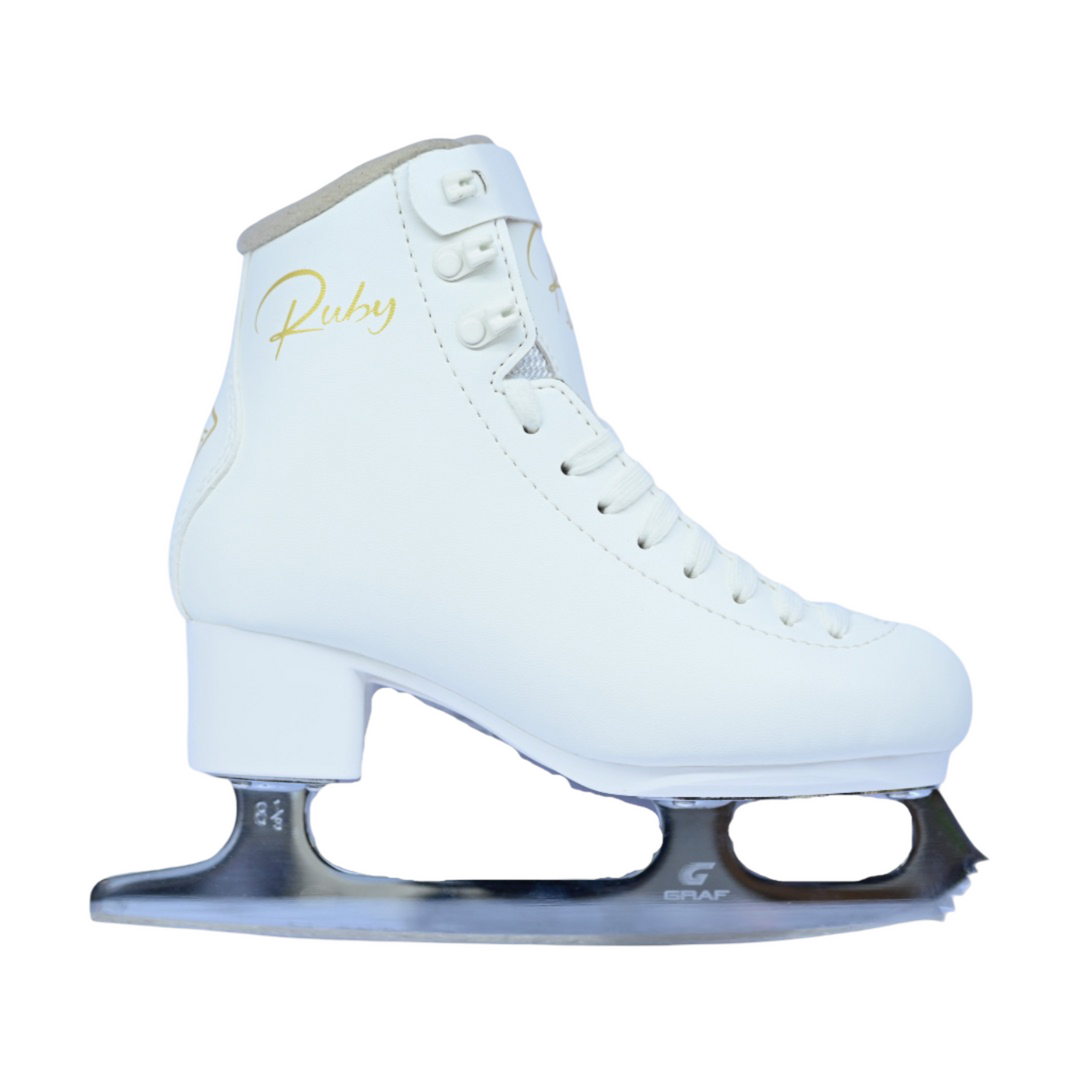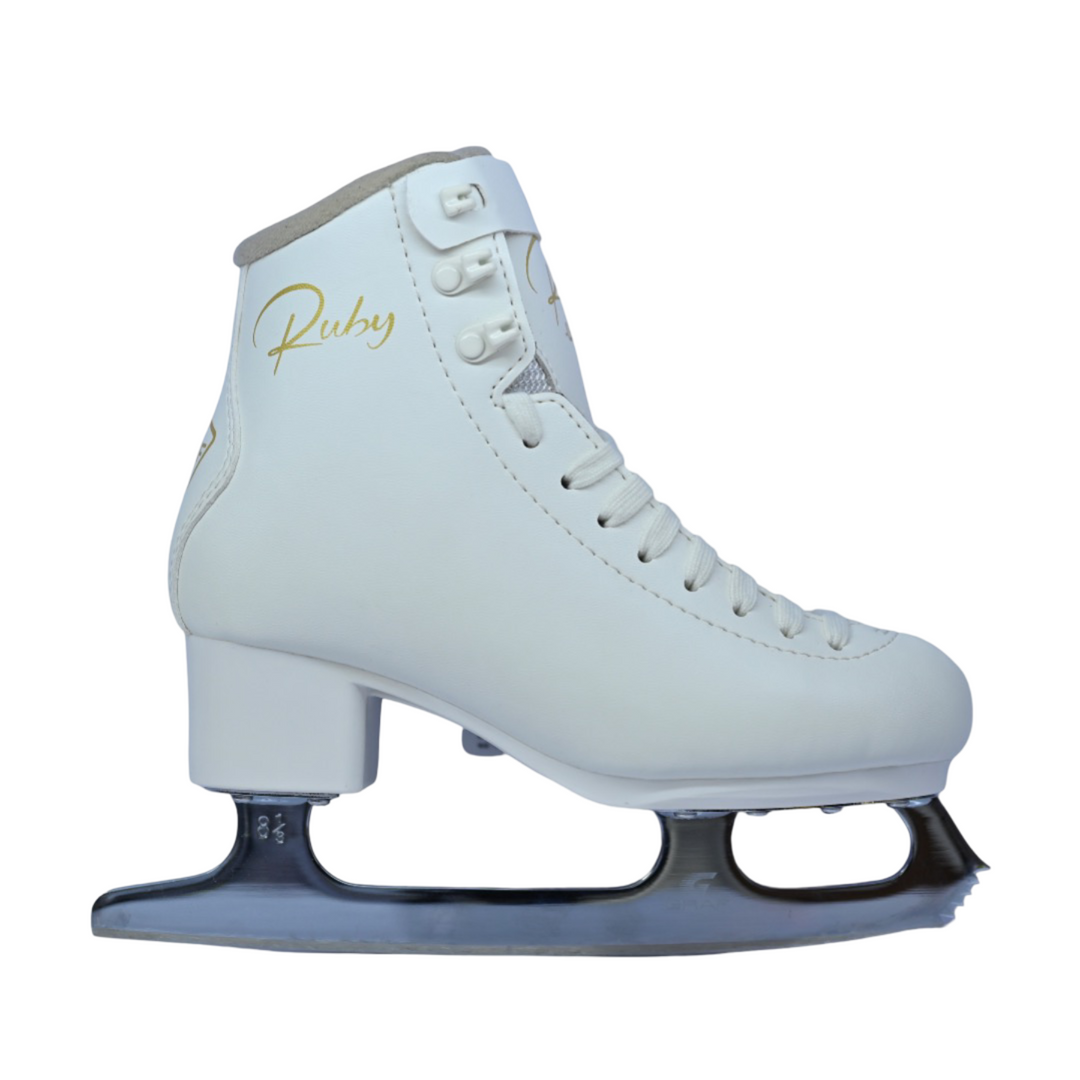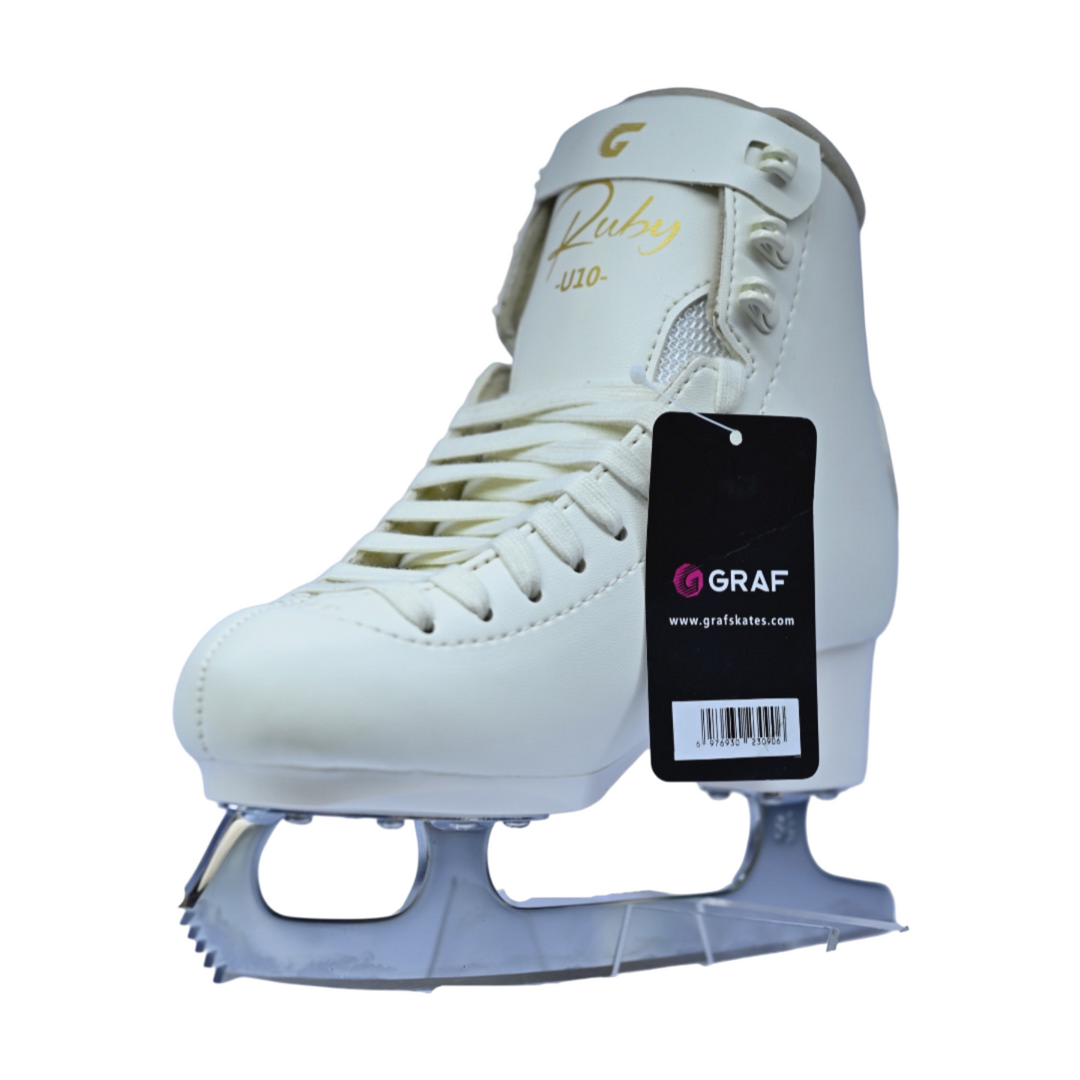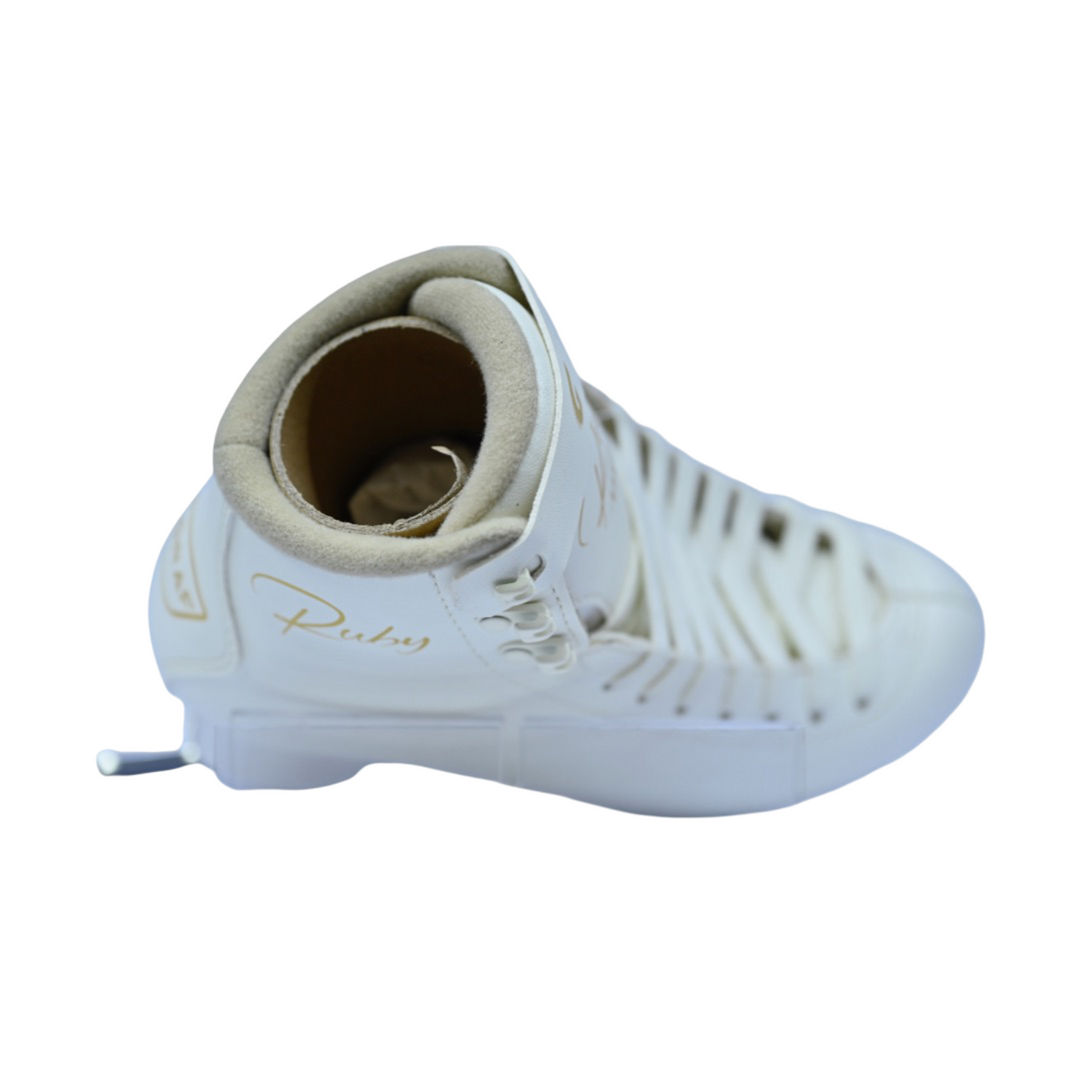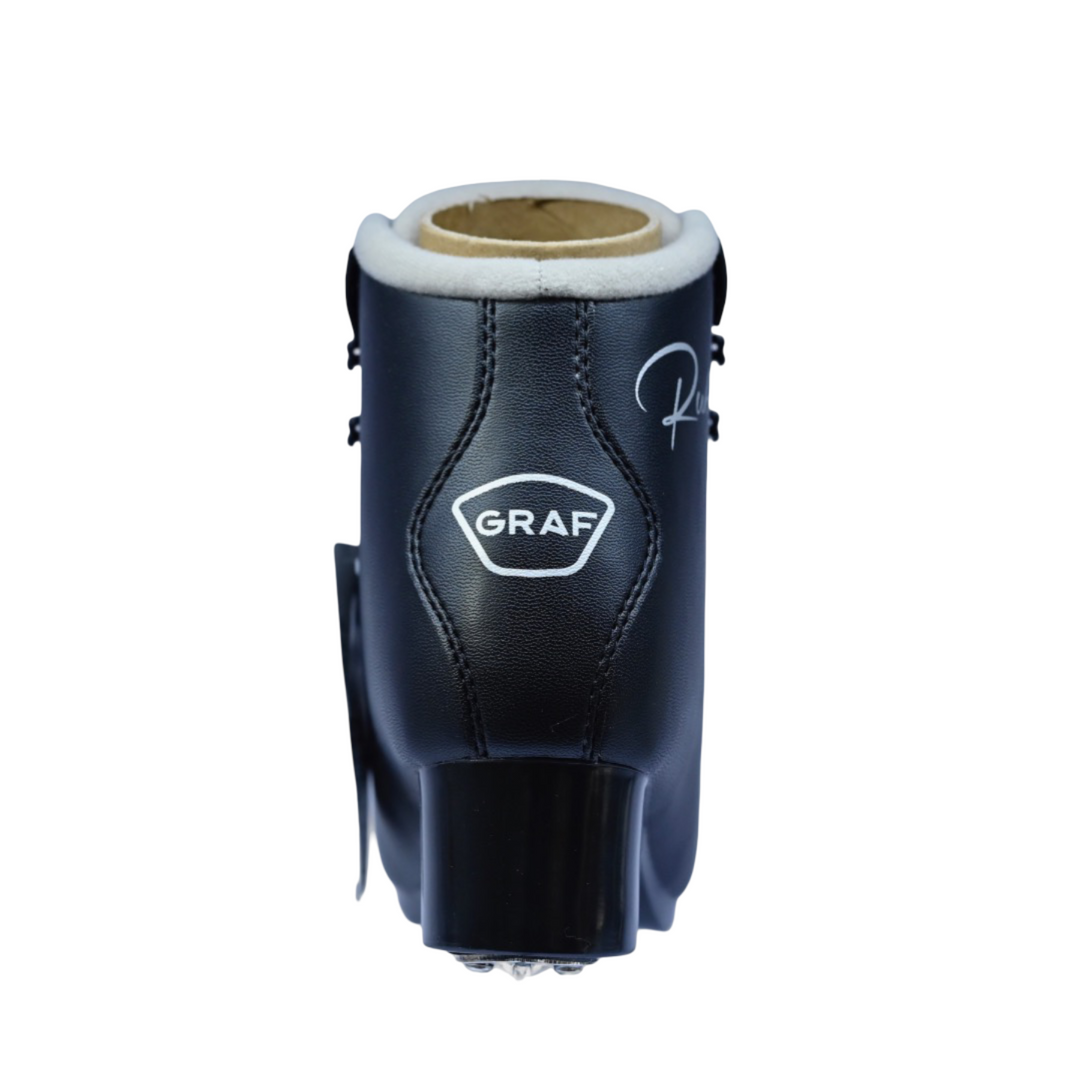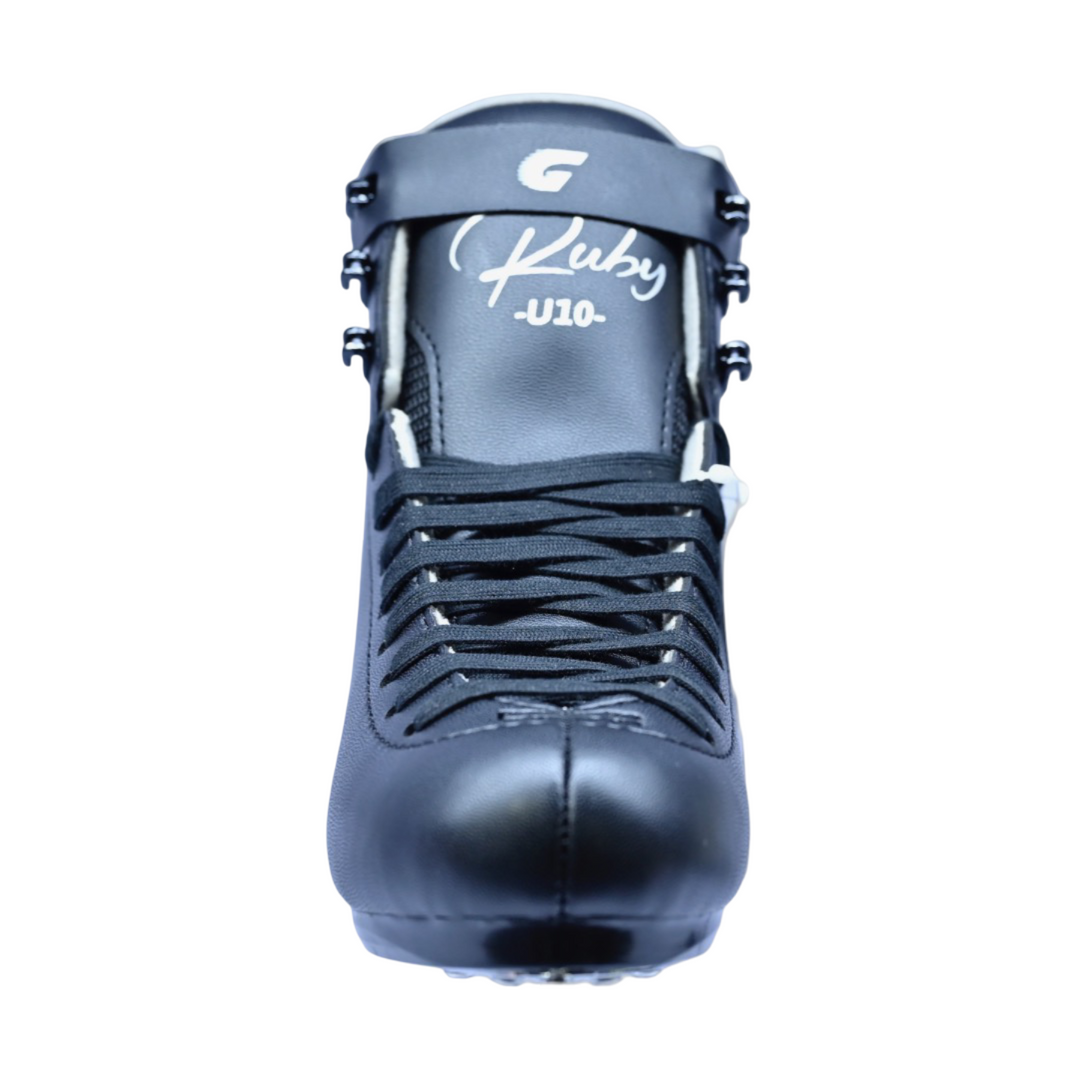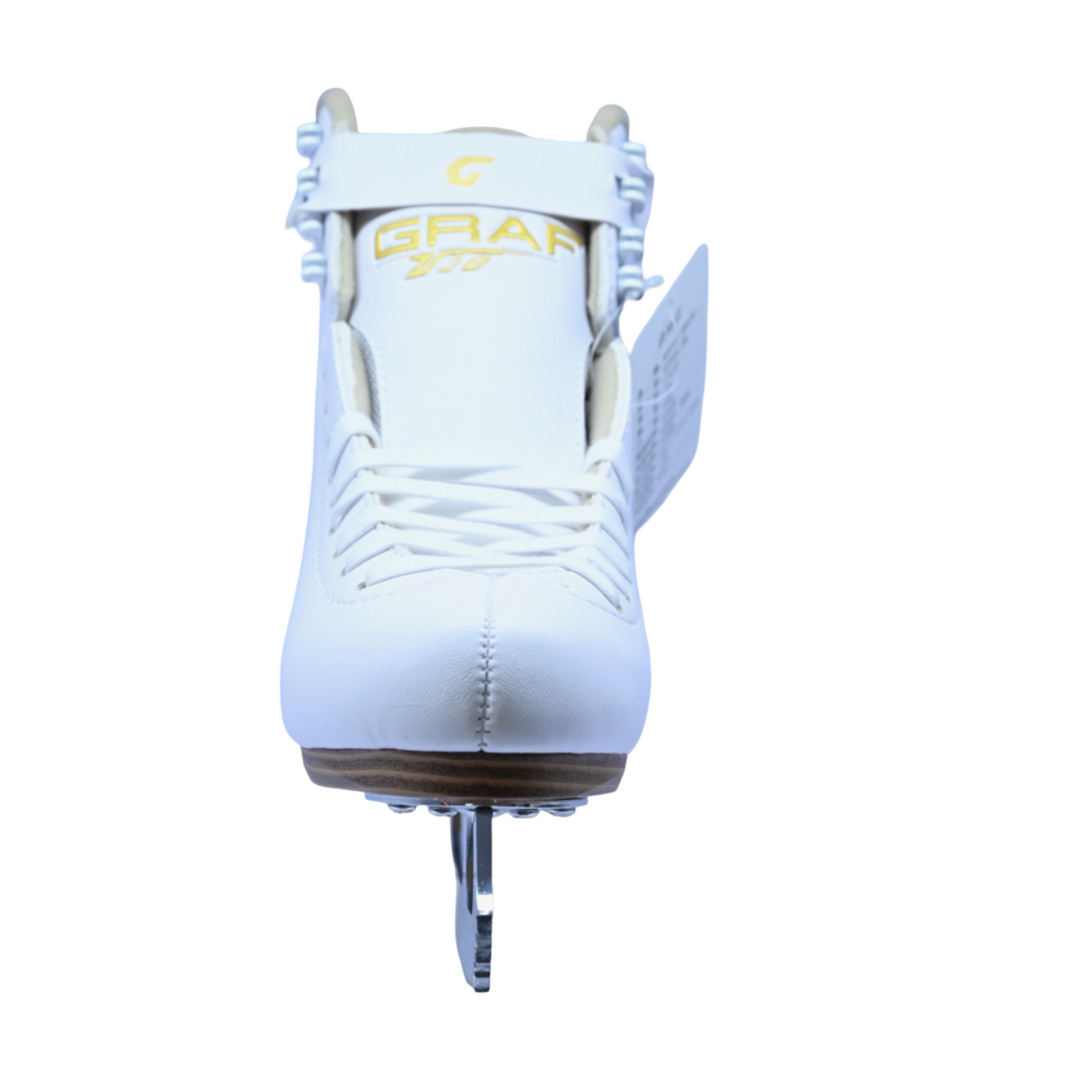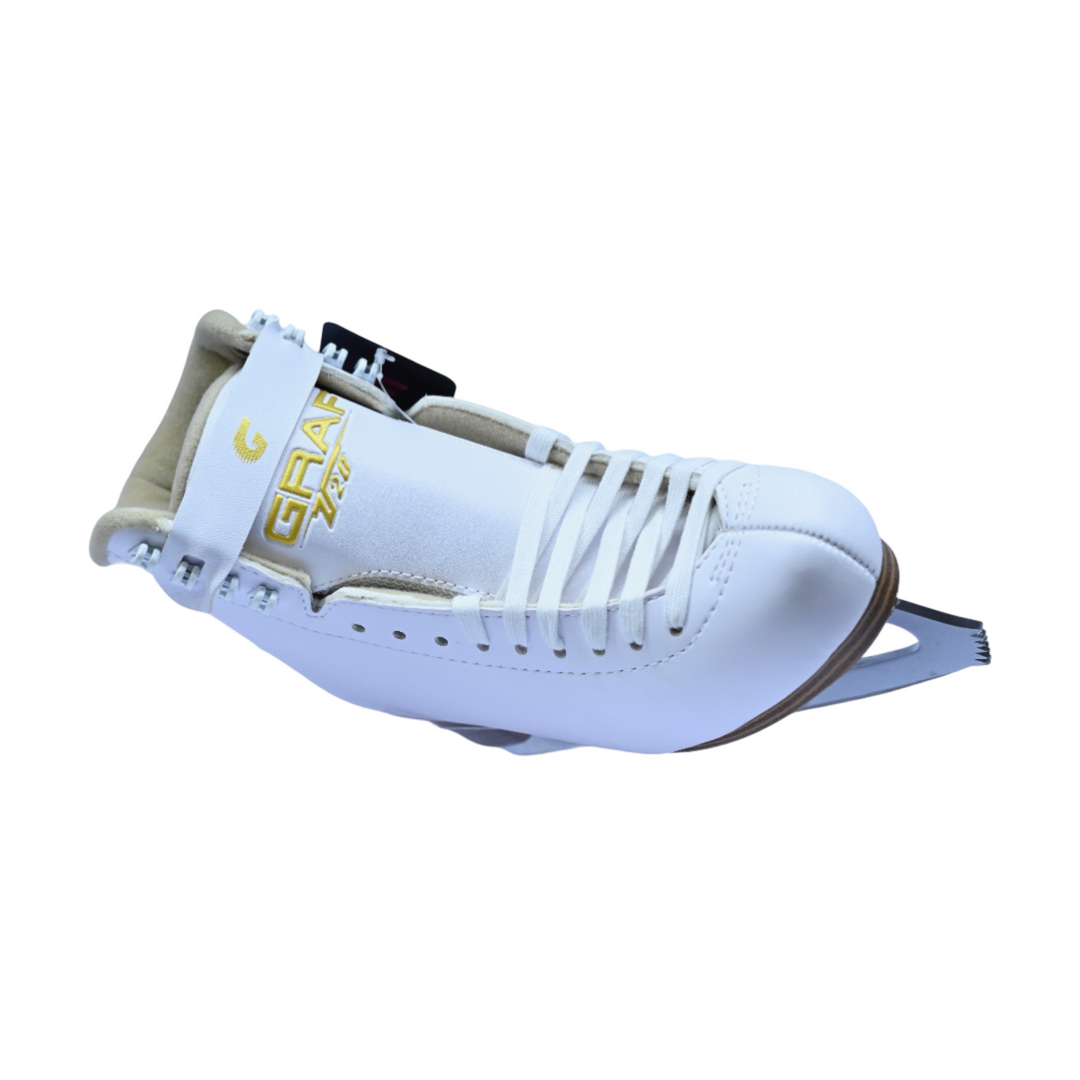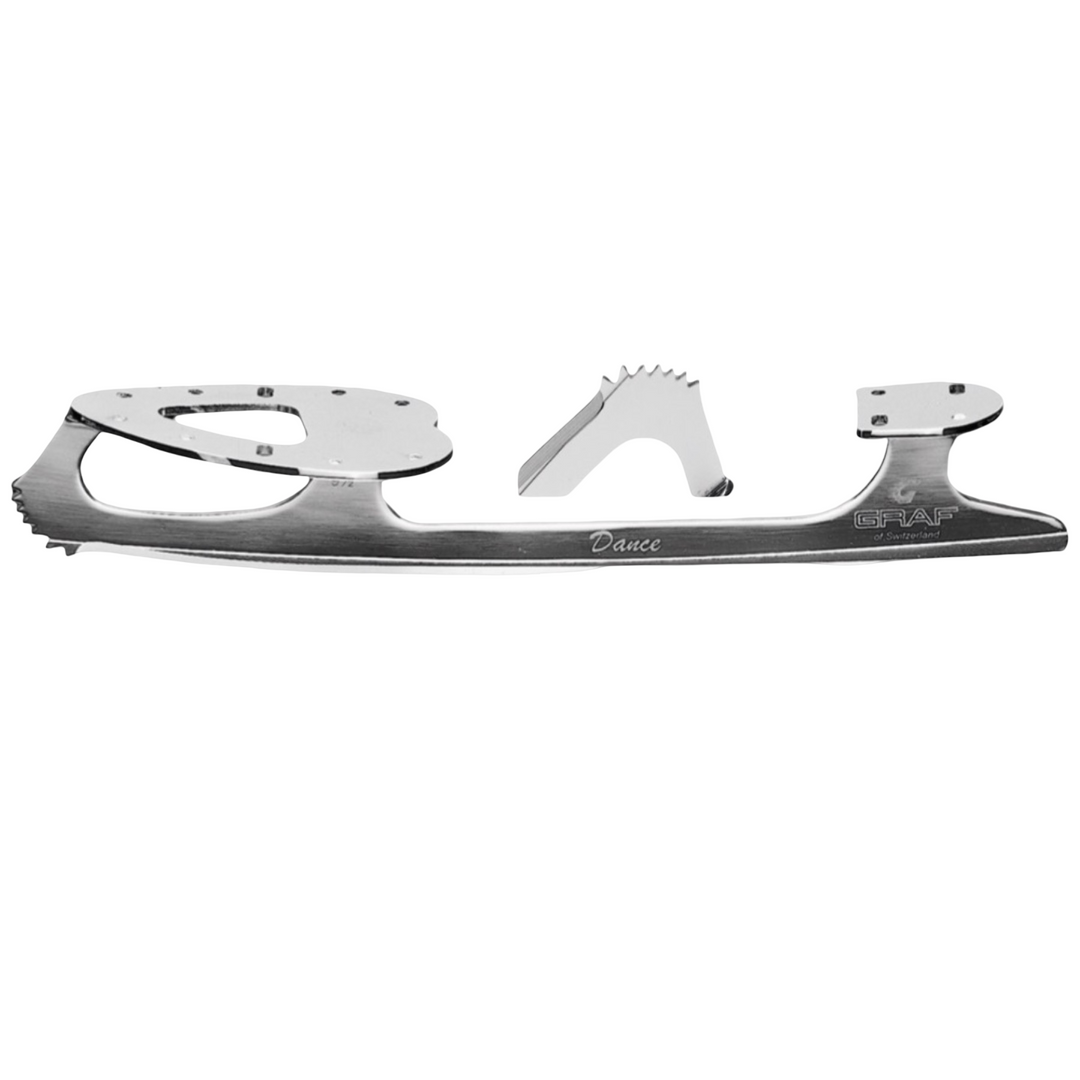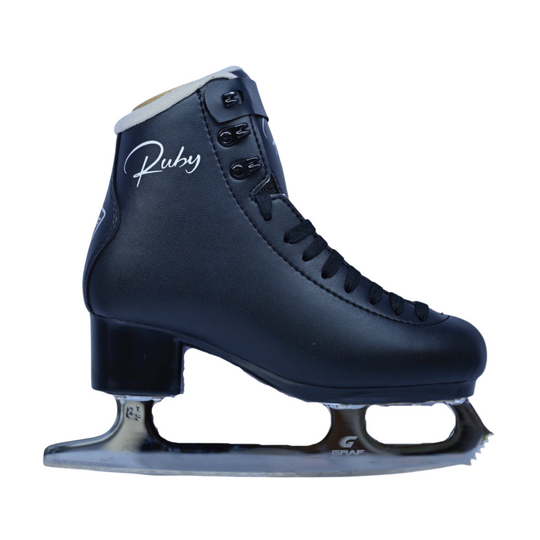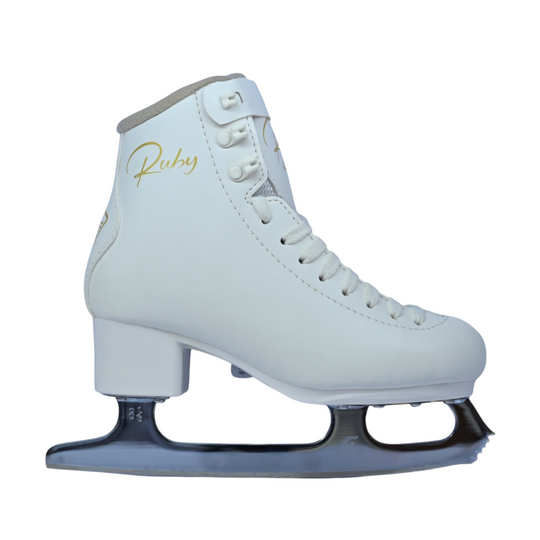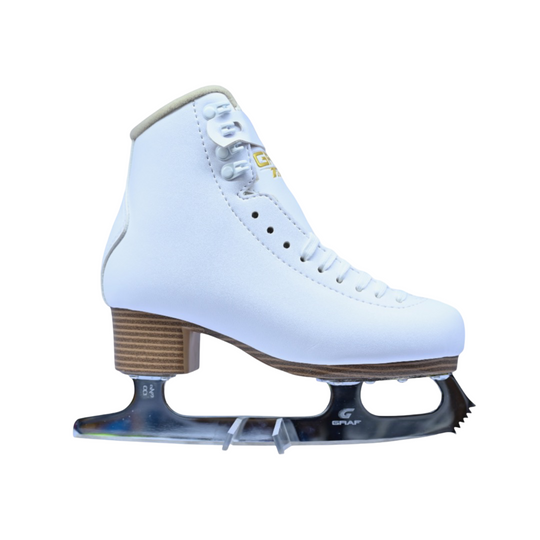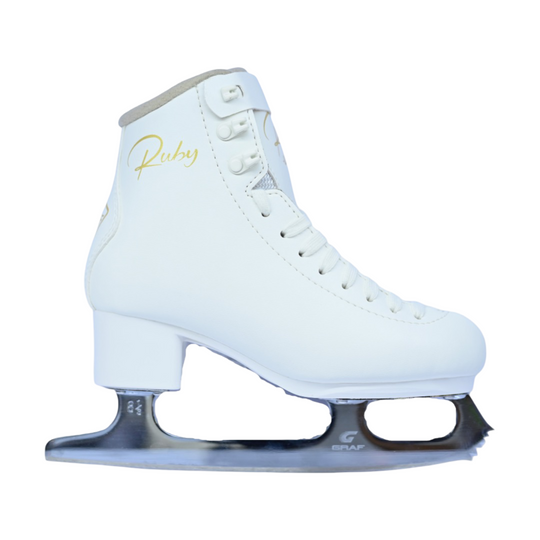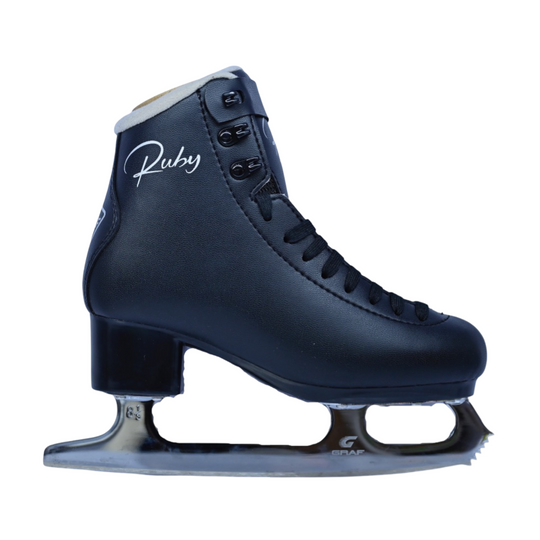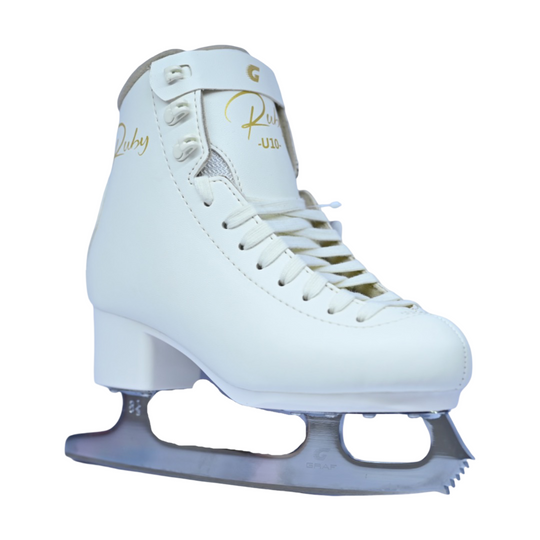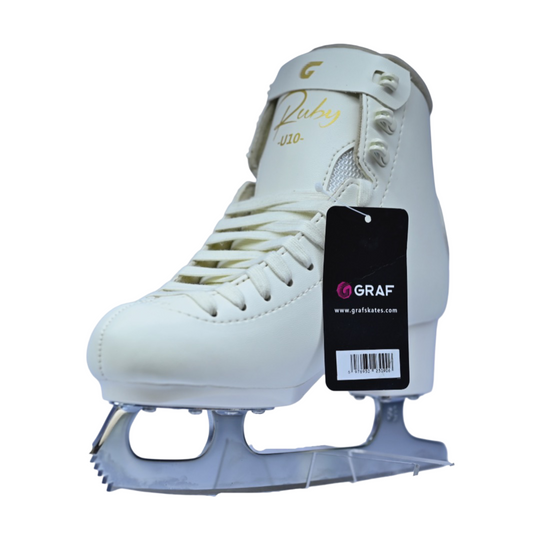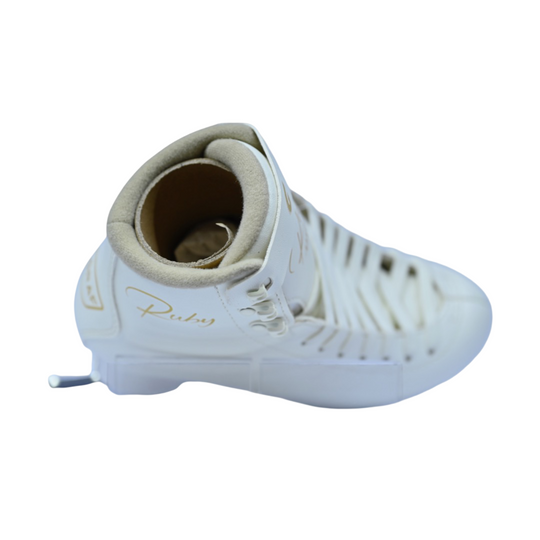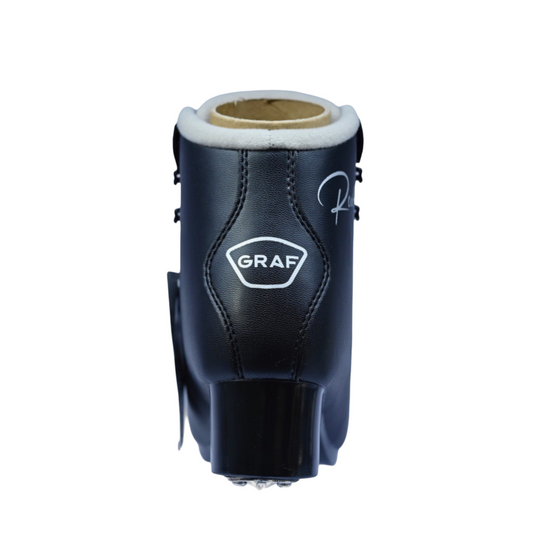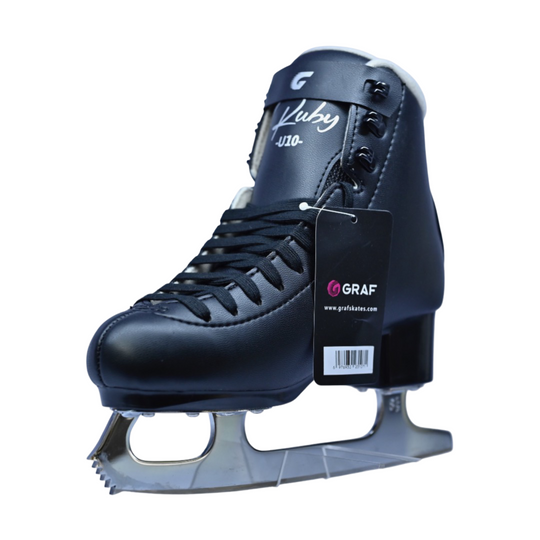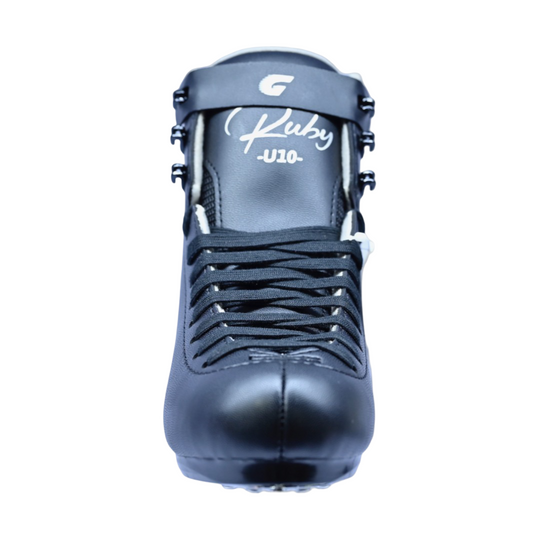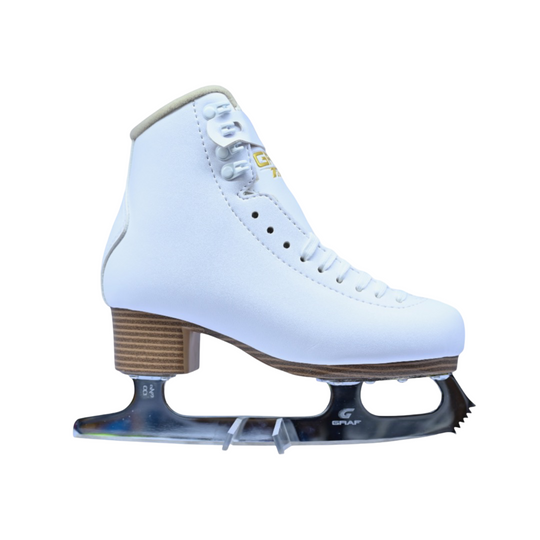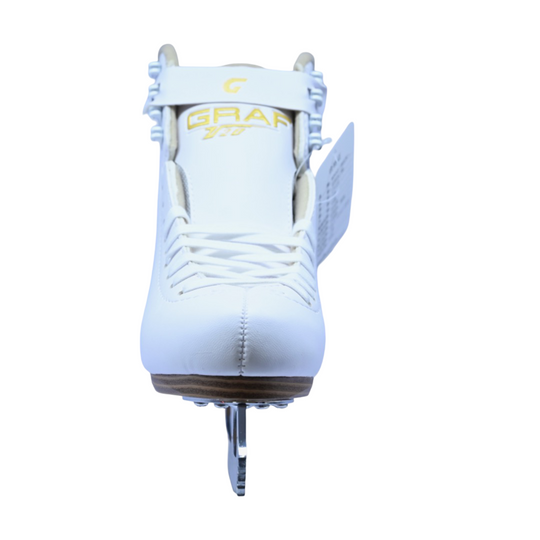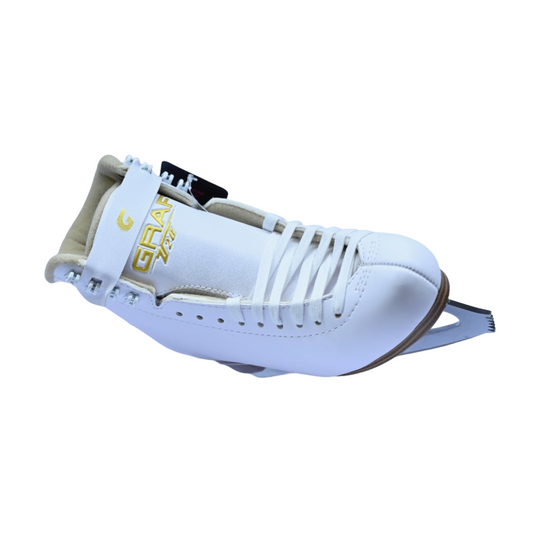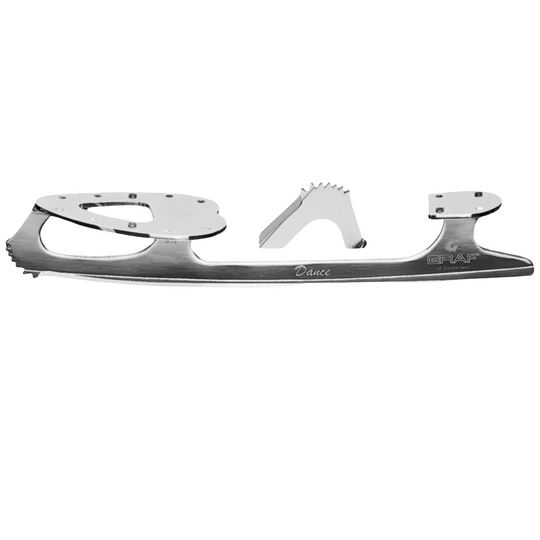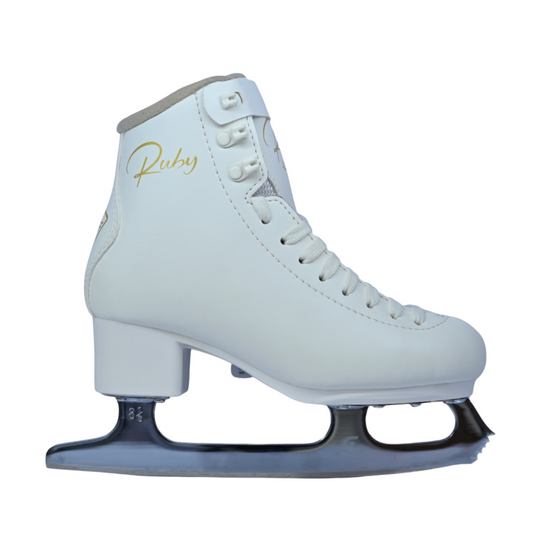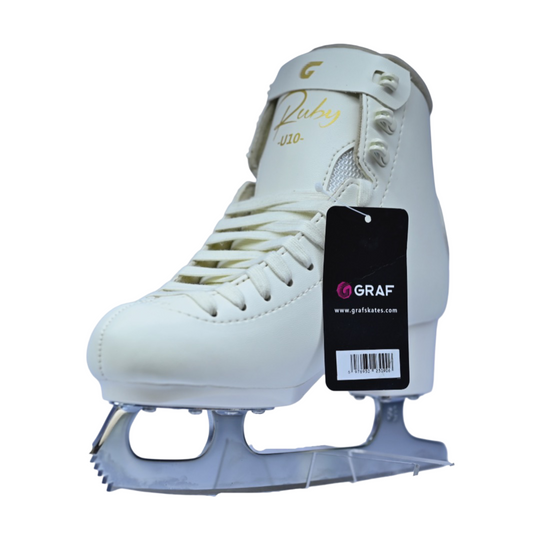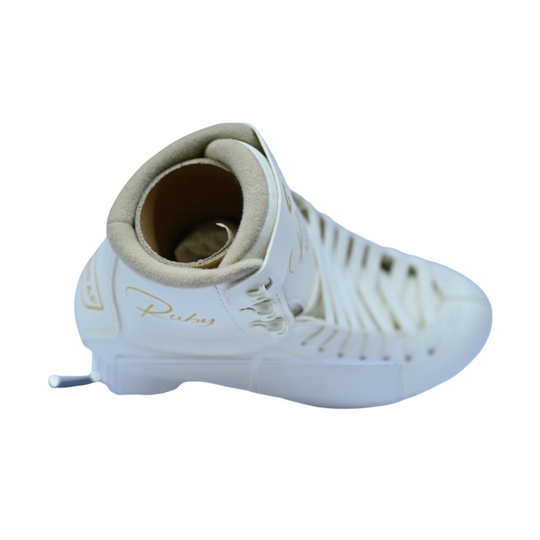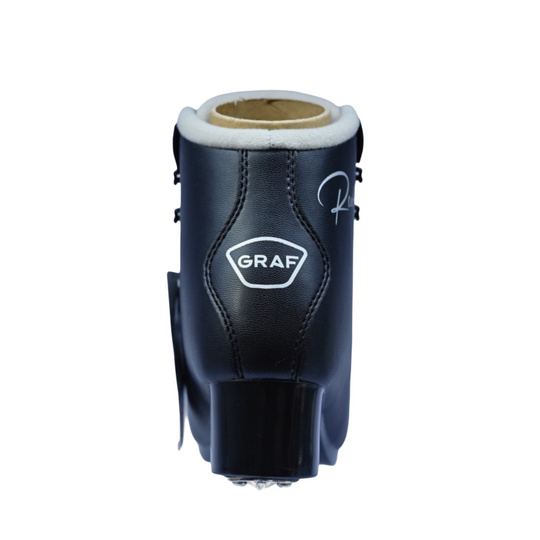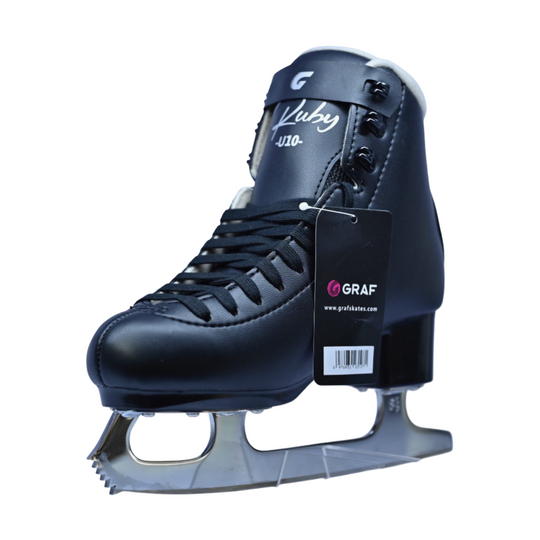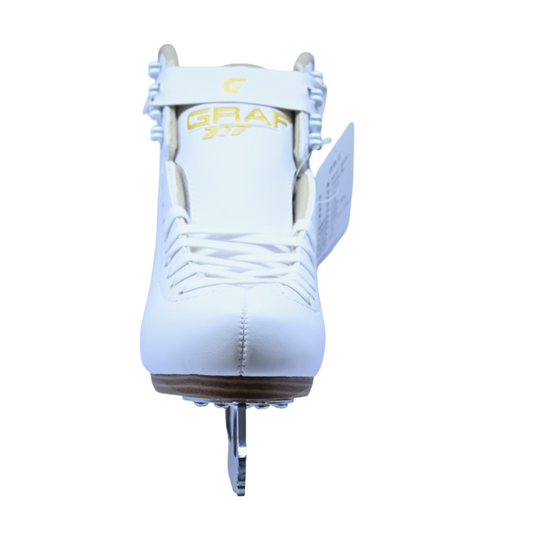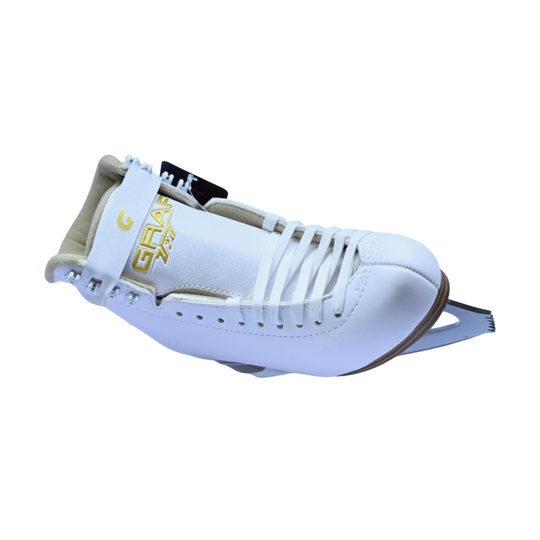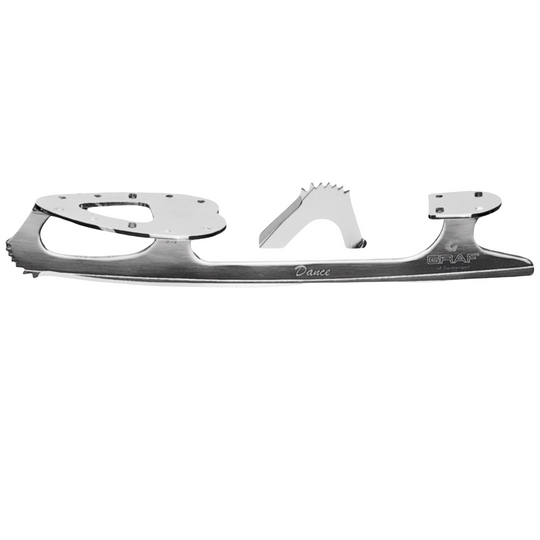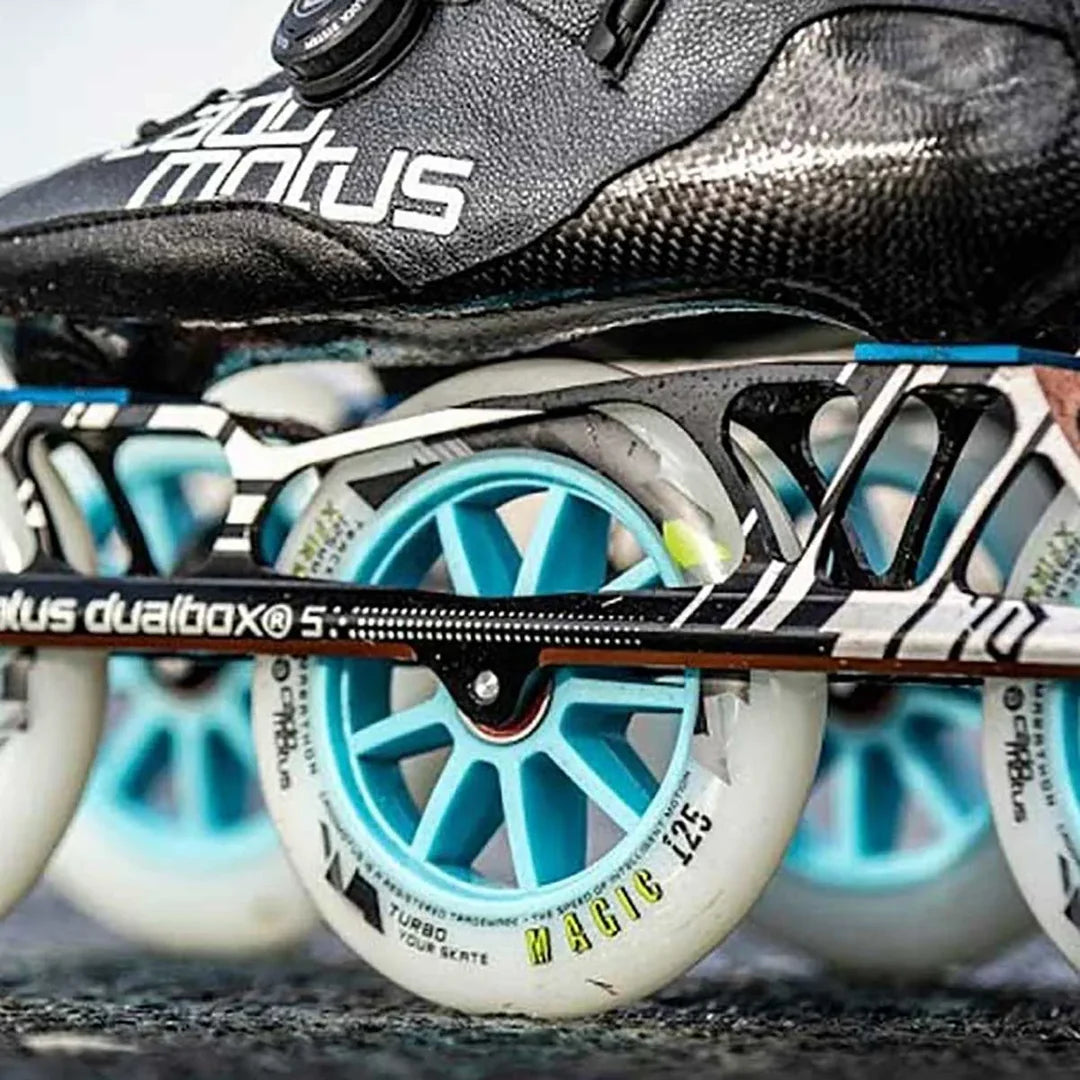Ice Hockey Skates
ICE SKATES FROM SWISS PRODUCTION
Graf & Co. was established in Kreuzlingen in 1921 by Karl Graf’s grandfather. Graf then produced a wide range of all kinds of sport shoes: from soccer, -bike, -hiking, up to tennis boots, etc. In 1937 the first ice skates were introduced and since 1974 GRAF became specialists in ice hockey and figure skating boots. 85% of the skates produced by GRAF SKATES AG in Switzerland are sold worldwide. Main markets amongst others are Russia, Scandinavia and Germany. For the Japanese market ice skates are produced on particular lasts (shape of foots).
EXPENSIVE PRODUCTION
Figure skates of Swiss legacy
NOBODY DOES IT BETTER THAN YOU
Graf & Co. was established in Kreuzlingen in 1921 by Karl Graf’s grandfather. In 1937 the first ice skates were introduced and since 1974 Graf became specialists in figure skating and ice hockey boots. 85% of the skates produced by GRAF SKATES AG.
Make Your Own Dance Style
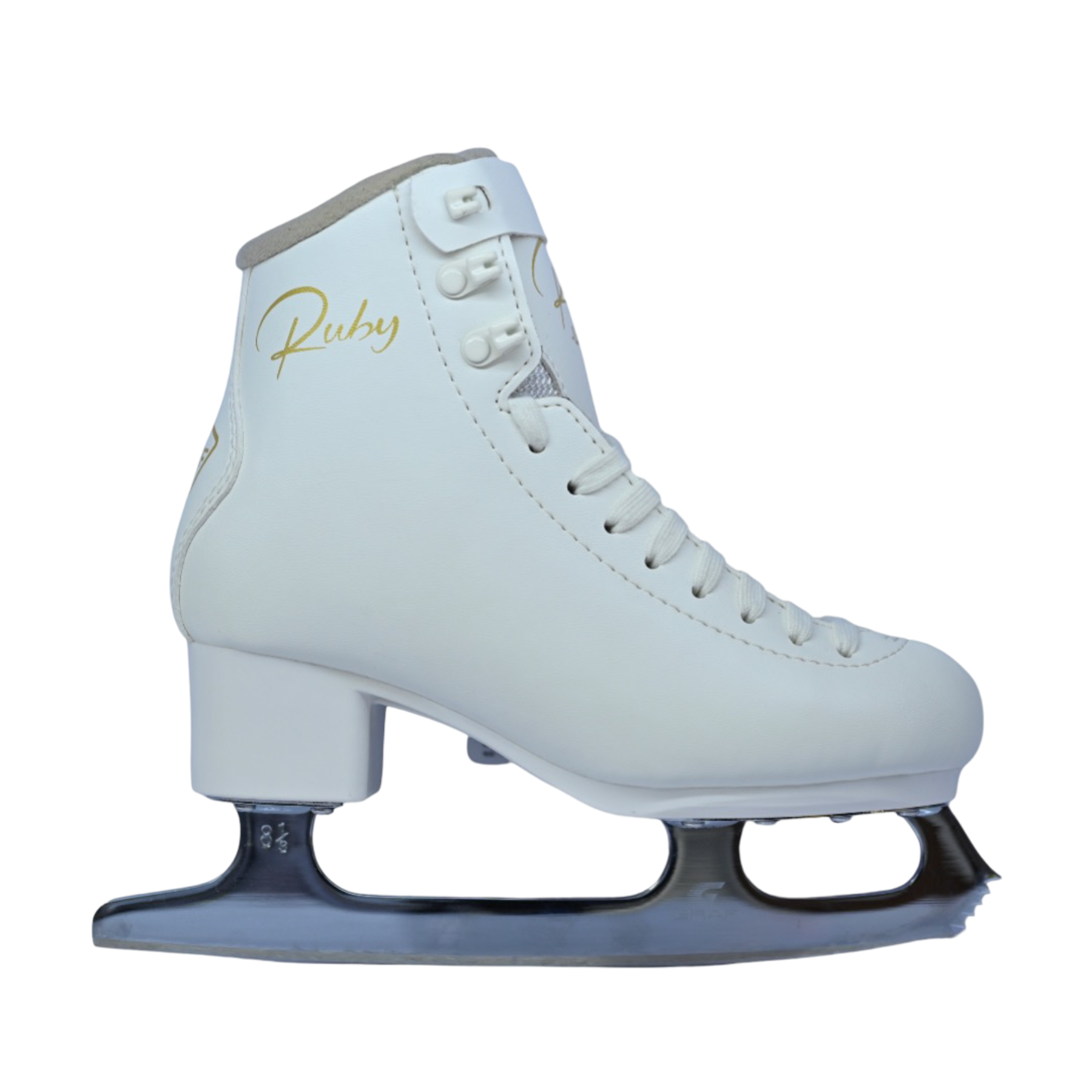
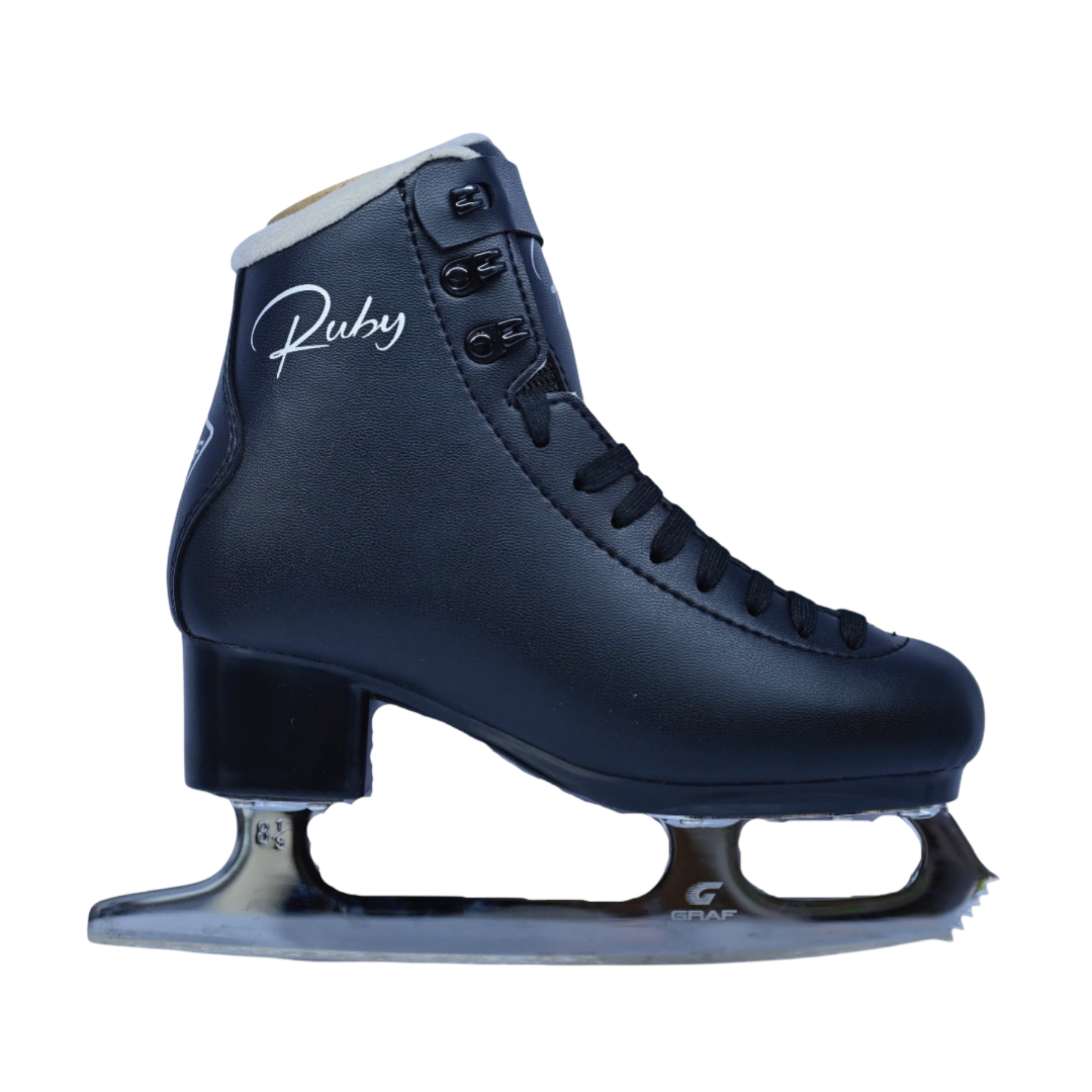
HIGH VS. LOW INLINE SKATES: WHICH ONE TO CHOOSE?
FAQs
• Beginner: Higher shoe, 3 or 4 84/90 mm wheels
• Intermediate: Semi-high shoe, 4 x 100 mm wheels
• Experienced: Low shoe 4 x 110 or 3 x 125 mm wheels
You won’t be enjoying inline skating that much if your shoe is too big or too small. It’s not fun to skate with pinching feet or blisters. A little bit more room in the toe area, compared to your ice skates, can prevent a lot of trouble. In summer your feet will swell a little bit because of the warmth, so you’ll need some extra room in your inline skates. Vibrations can also stimulate the blood flow, causing your feet to swell. We advise choosing a shoe that is 2 or 3 mm longer.
All Cádomotus shoes are made with standard shoe lasts, not with wider ones. If you need a wider shoe, we advise you to order half a size bigger.
To achieve the perfect fit, our shoes can be adjusted by using heat- or thermoplastic moulding. This means you can heat them in the oven up to 70 degrees Celsius (or 158Fahrenheit), or you can use a blow dryer. This way the shoe will be moulded around the shape of your foot. You will benefit most of the part around your ankles, which can almost be fully adjusted, either wide or narrow. The bottom carbon shell of the shoe is not mouldable, that part of the shoe has to be extremely stiff. Because of the distortion, you have 1 – 2 mm wiggle room in the heel, which can turn out to be 2-3 mm in width.
Bigger wheels can make you go faster, but it is harder to maintain your balance. A well-trained athlete or an experienced skater could handle the switch to bigger wheels better than a beginner.
If you’re not stable on your inline skates, you are not in control, and likely won’t be able to go fast. If that’s the case, it’s better to take a step back and choose a 4x100 mm frame. That is often more fun and will give you more speed. Your shoe size can also play a role: from shoe size 42/43 you can opt for 4 x 110mm. That frame is a bit longer and will fit your shoe size better.
There is also an intermediate step: a shoe that will give you more stability and compensate for the downsides of being higher up. The semi-race shoe, for example, gives you more stability, so you can more easily make the switch to bigger wheels. These shoes will give you a bit less freedom compared to the speed skate shoes. And because of the rotation speed, your wheels will wear faster than bigger wheels. The good news is that smaller wheels are less expensive.
